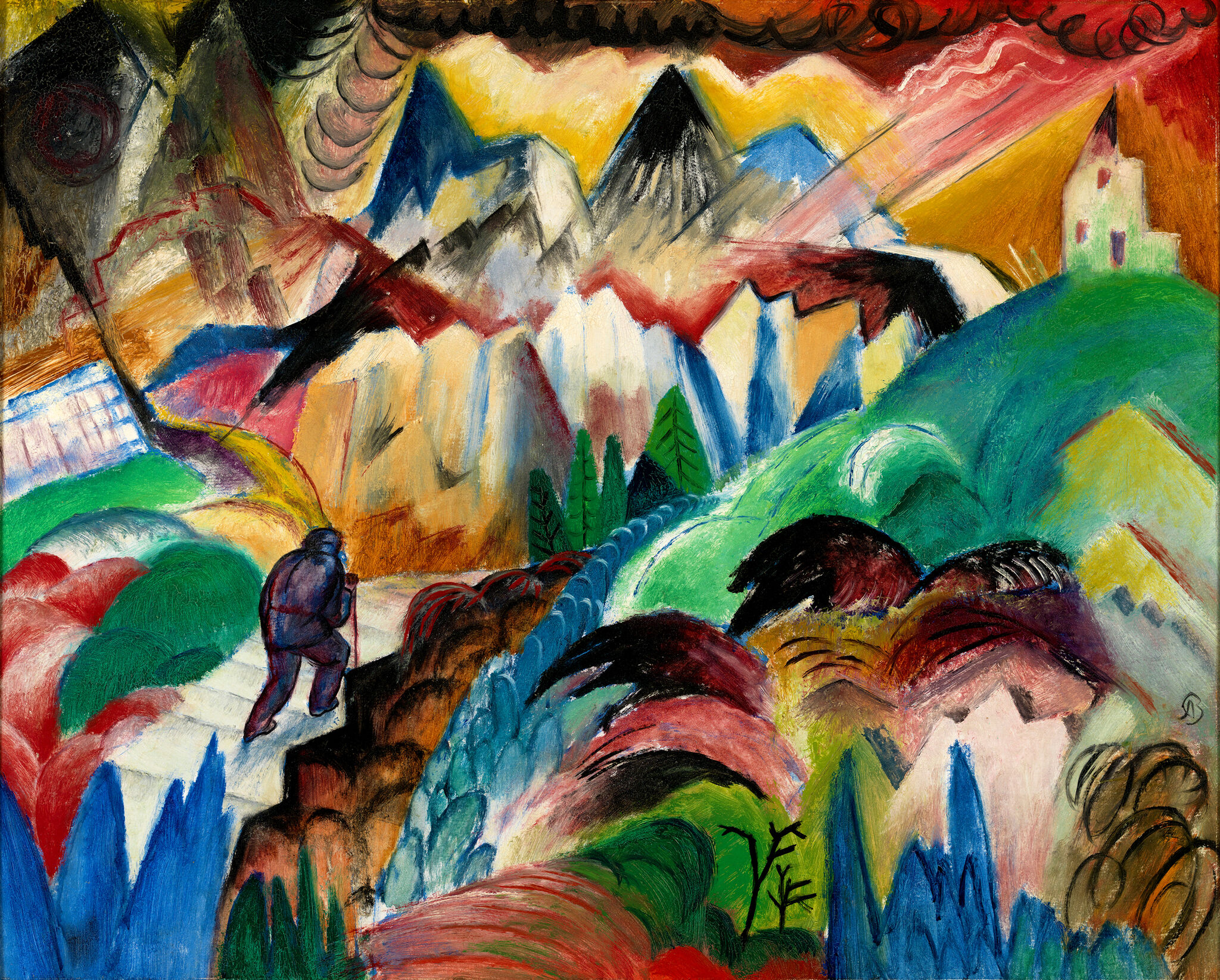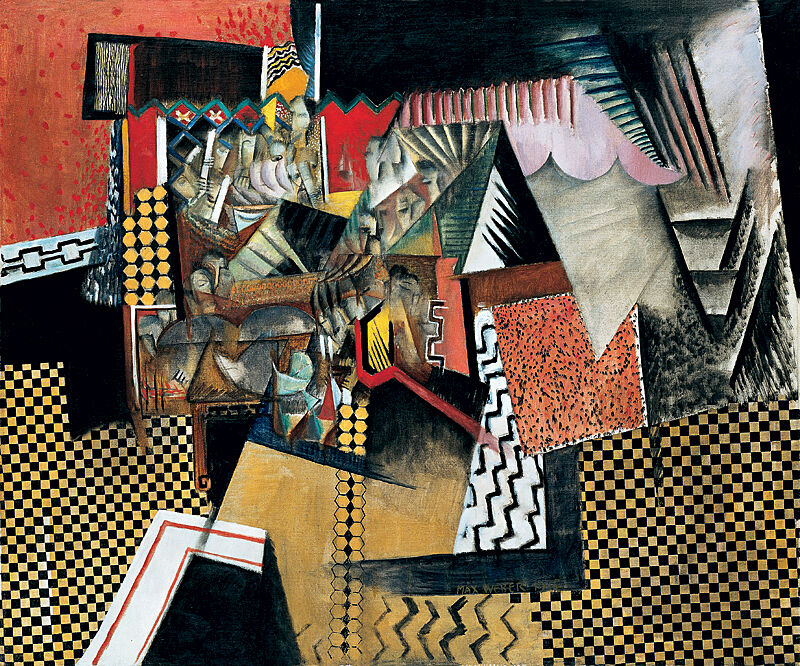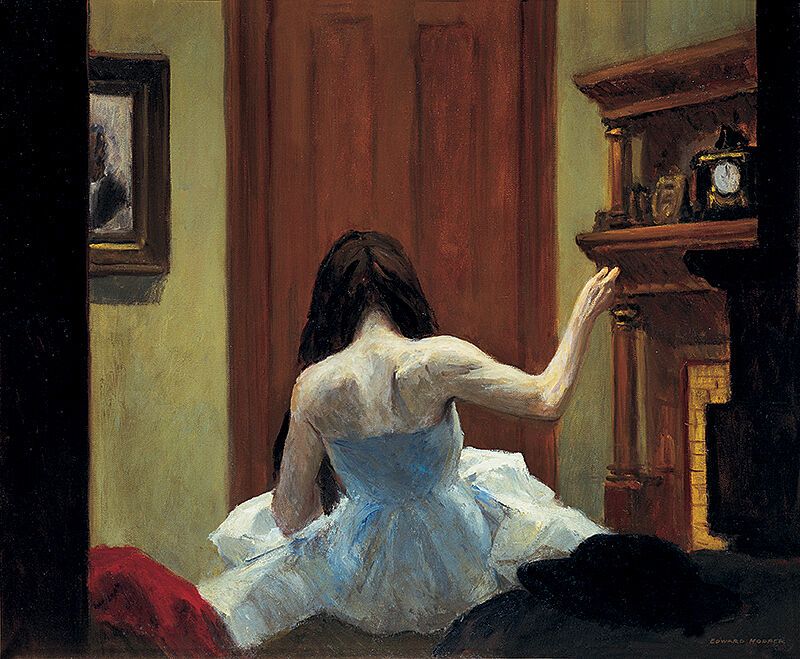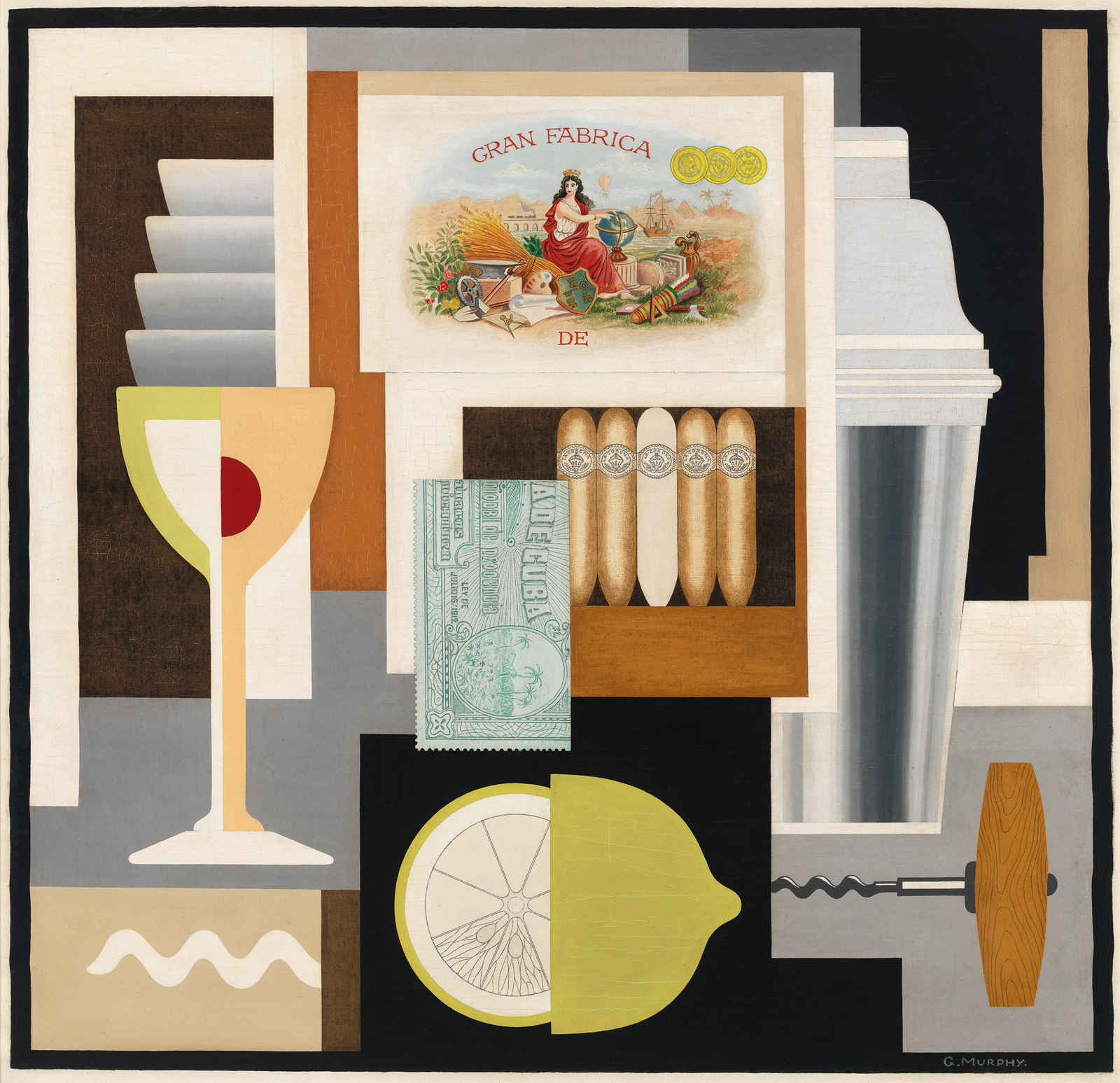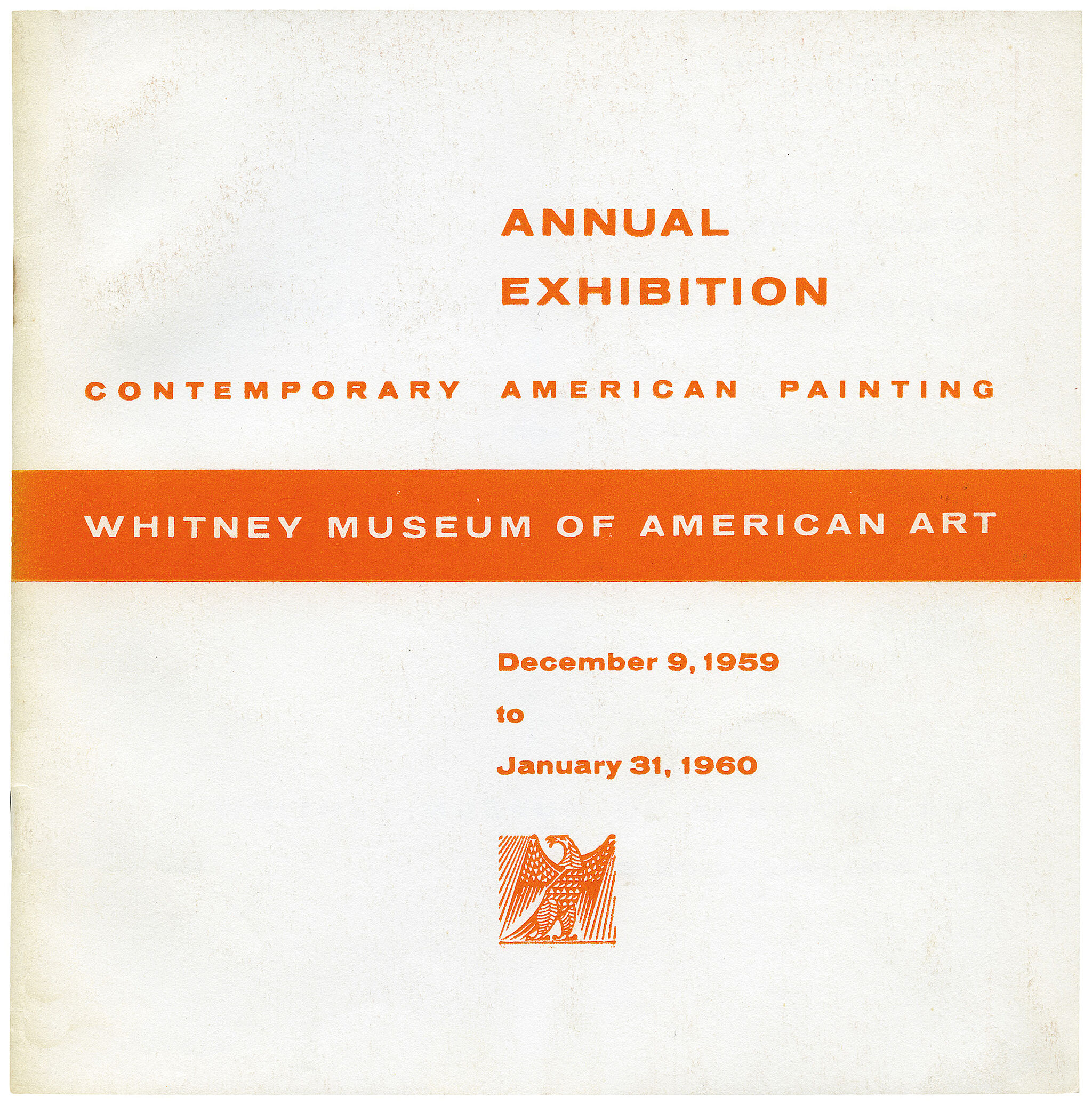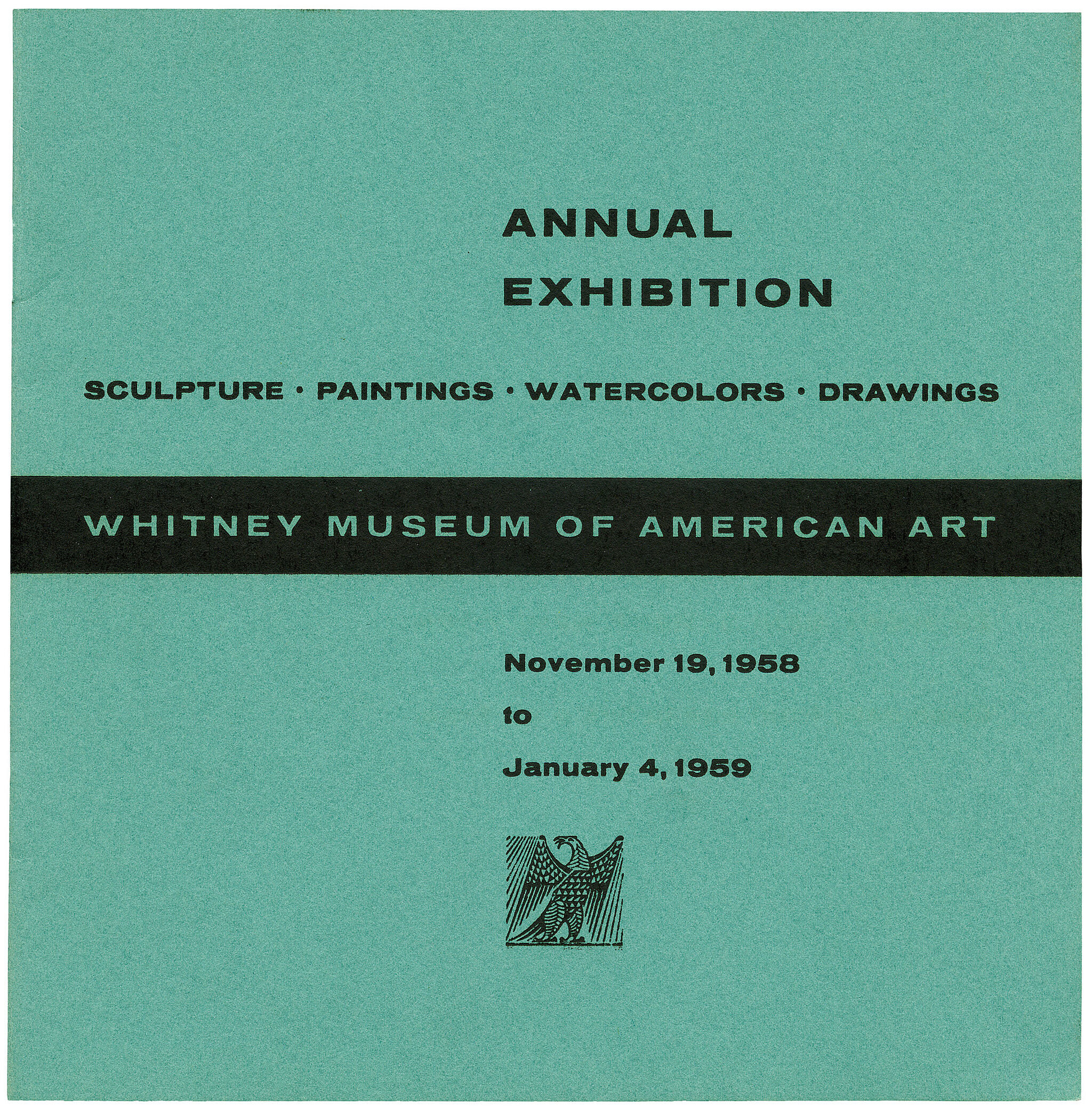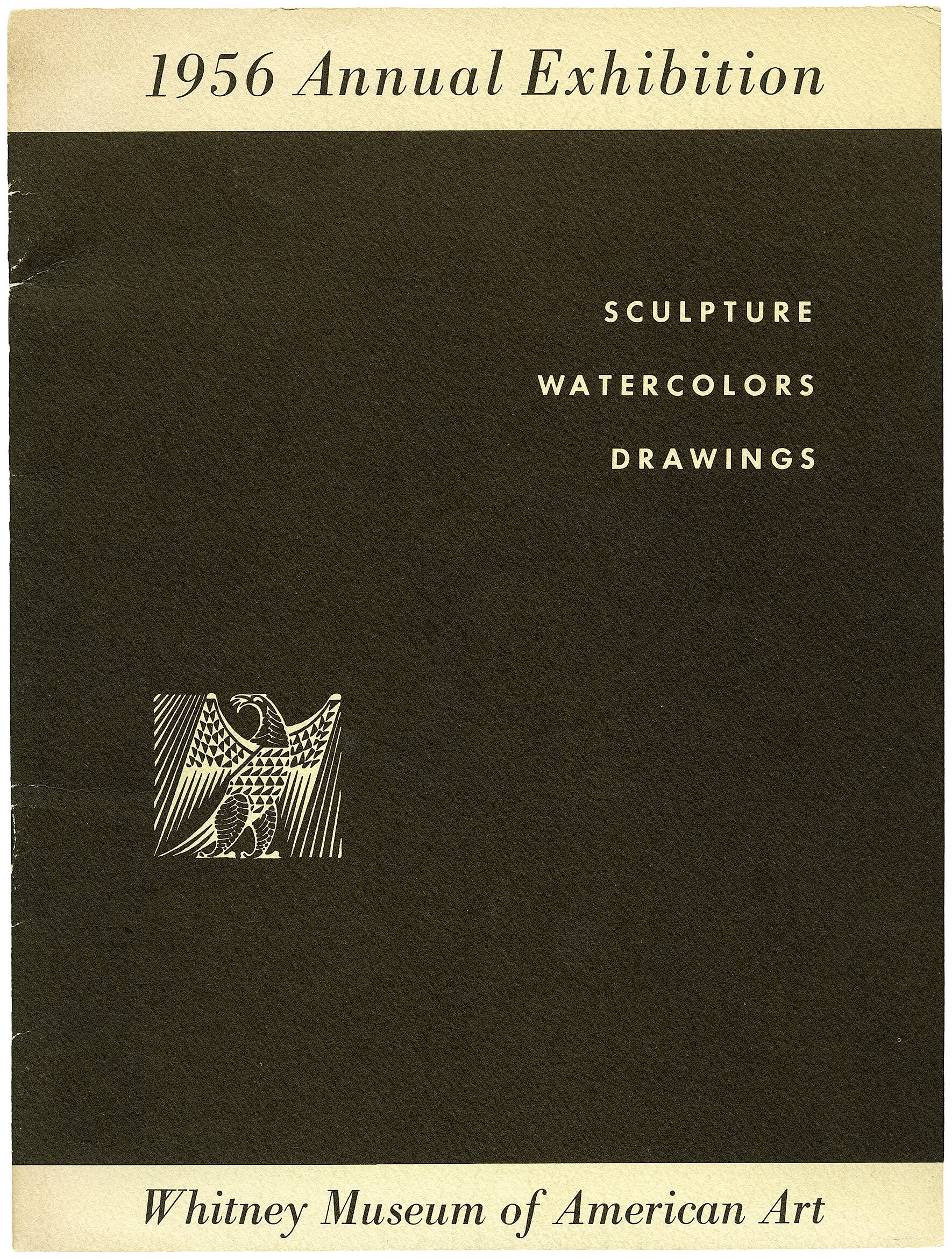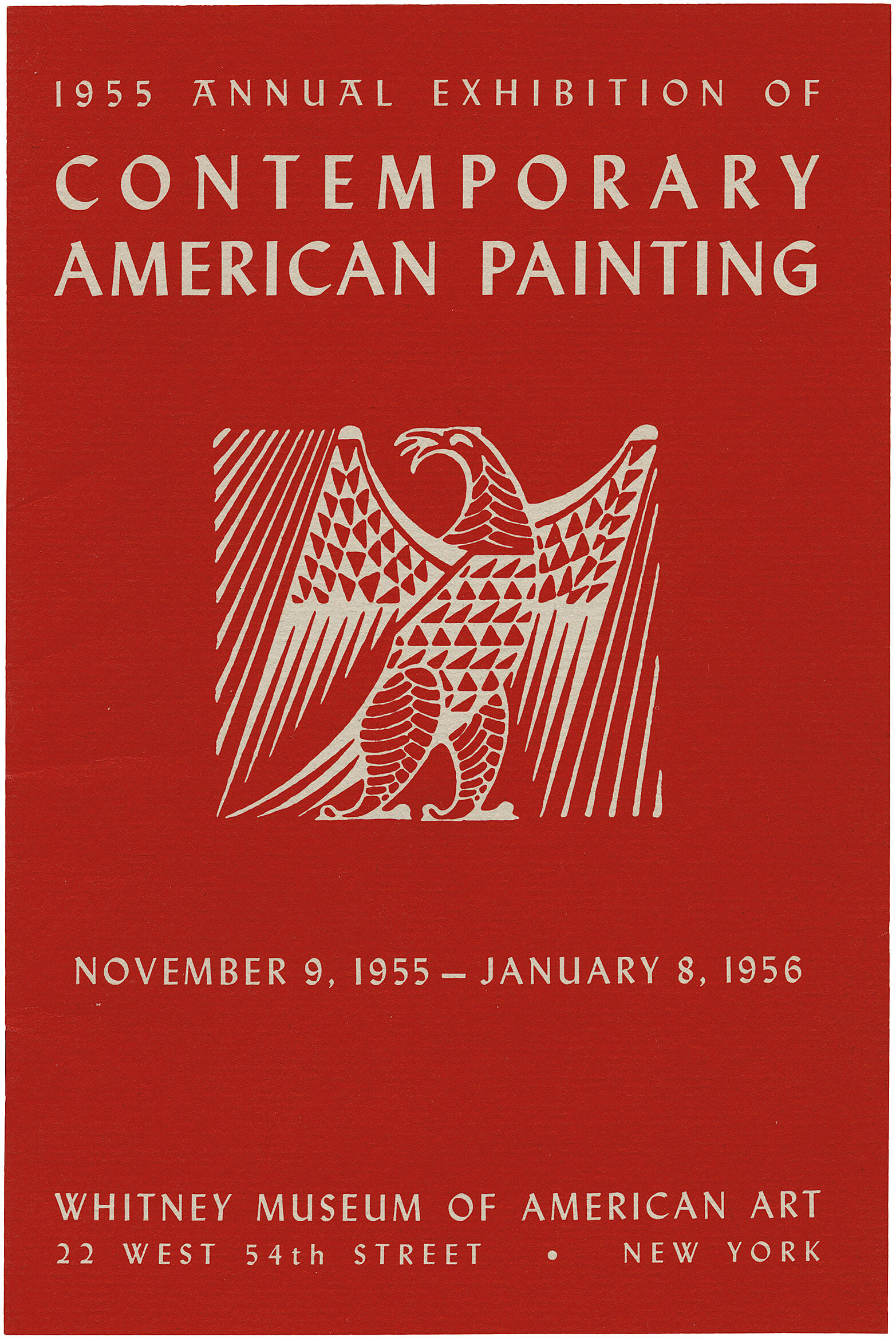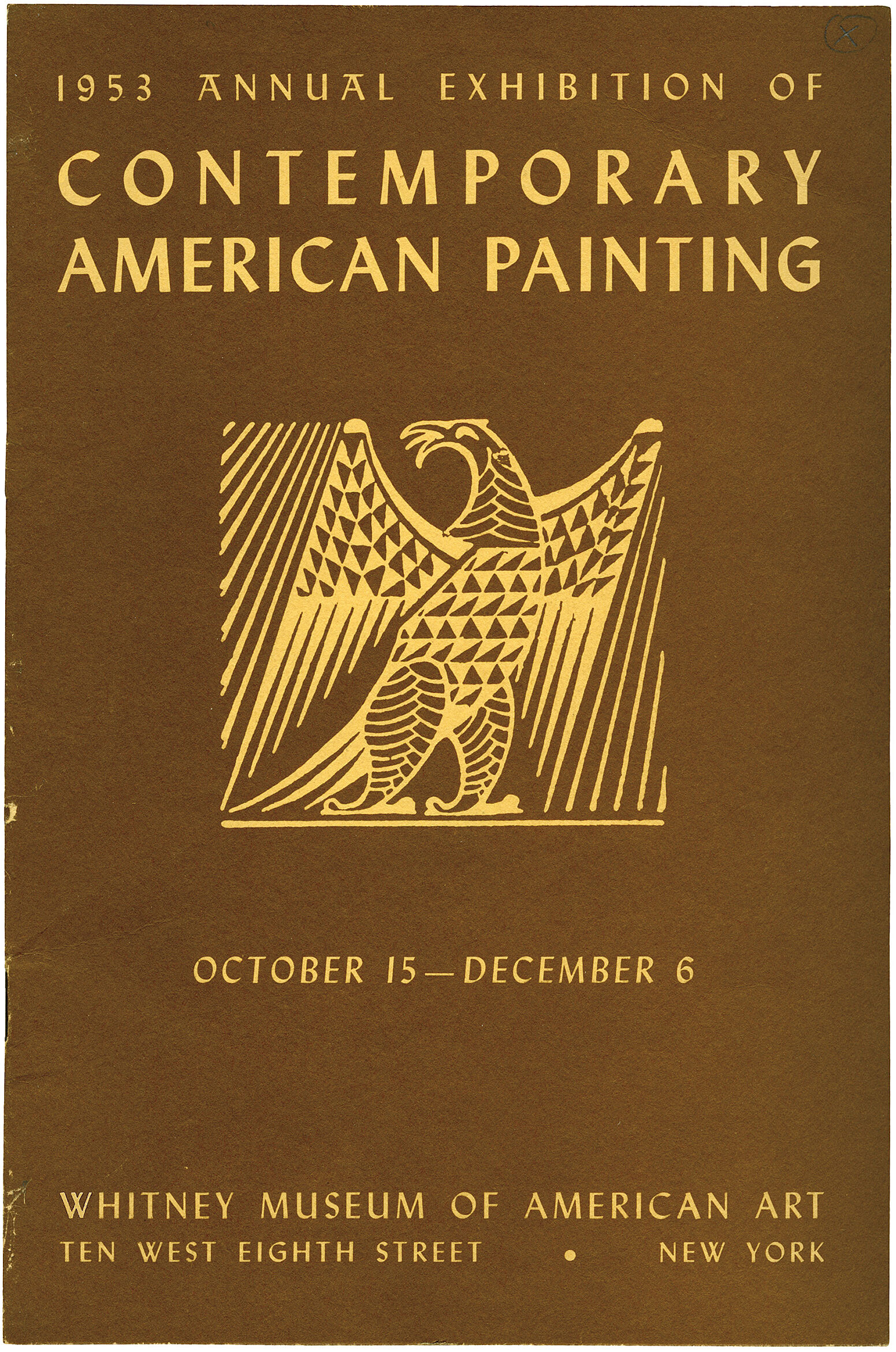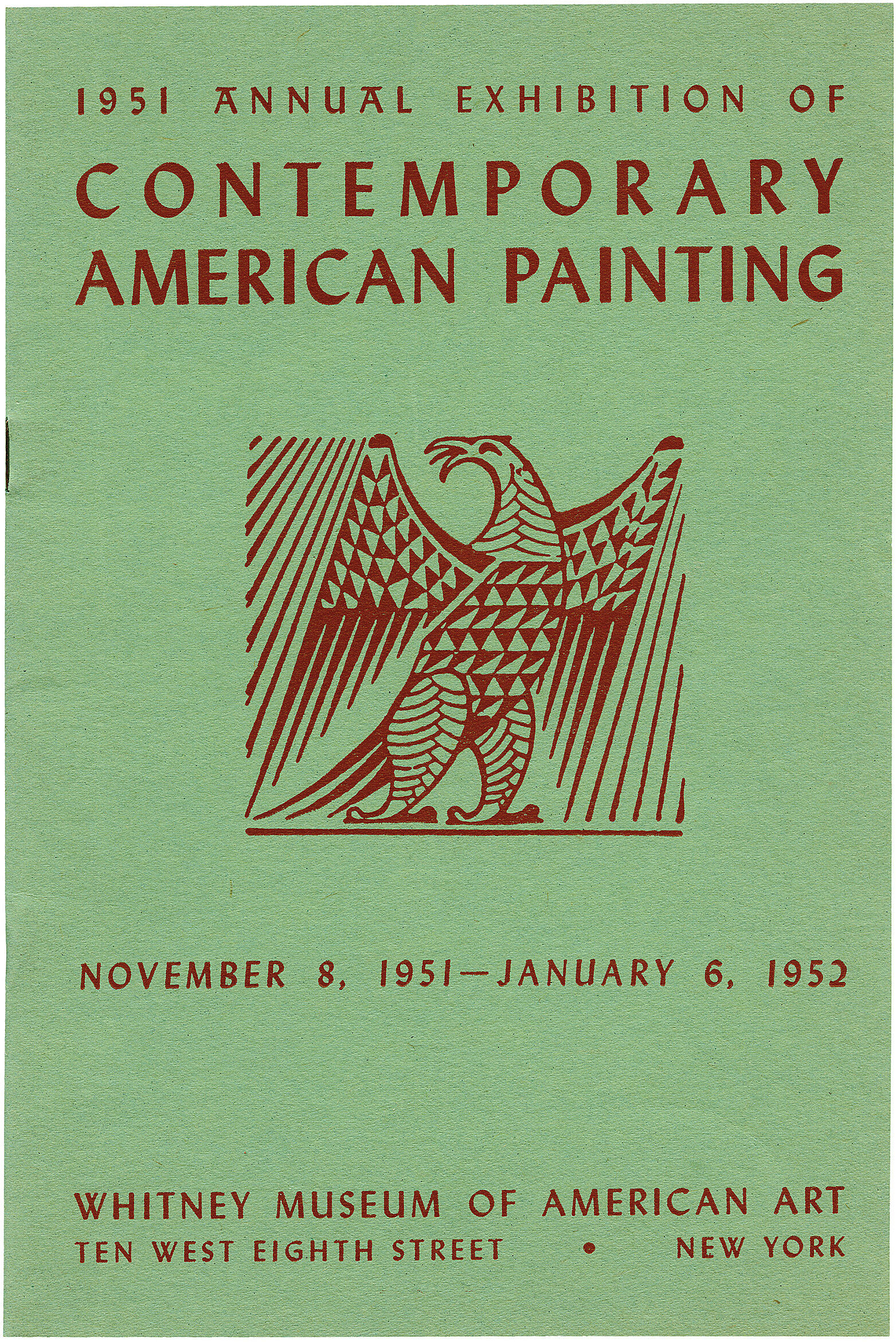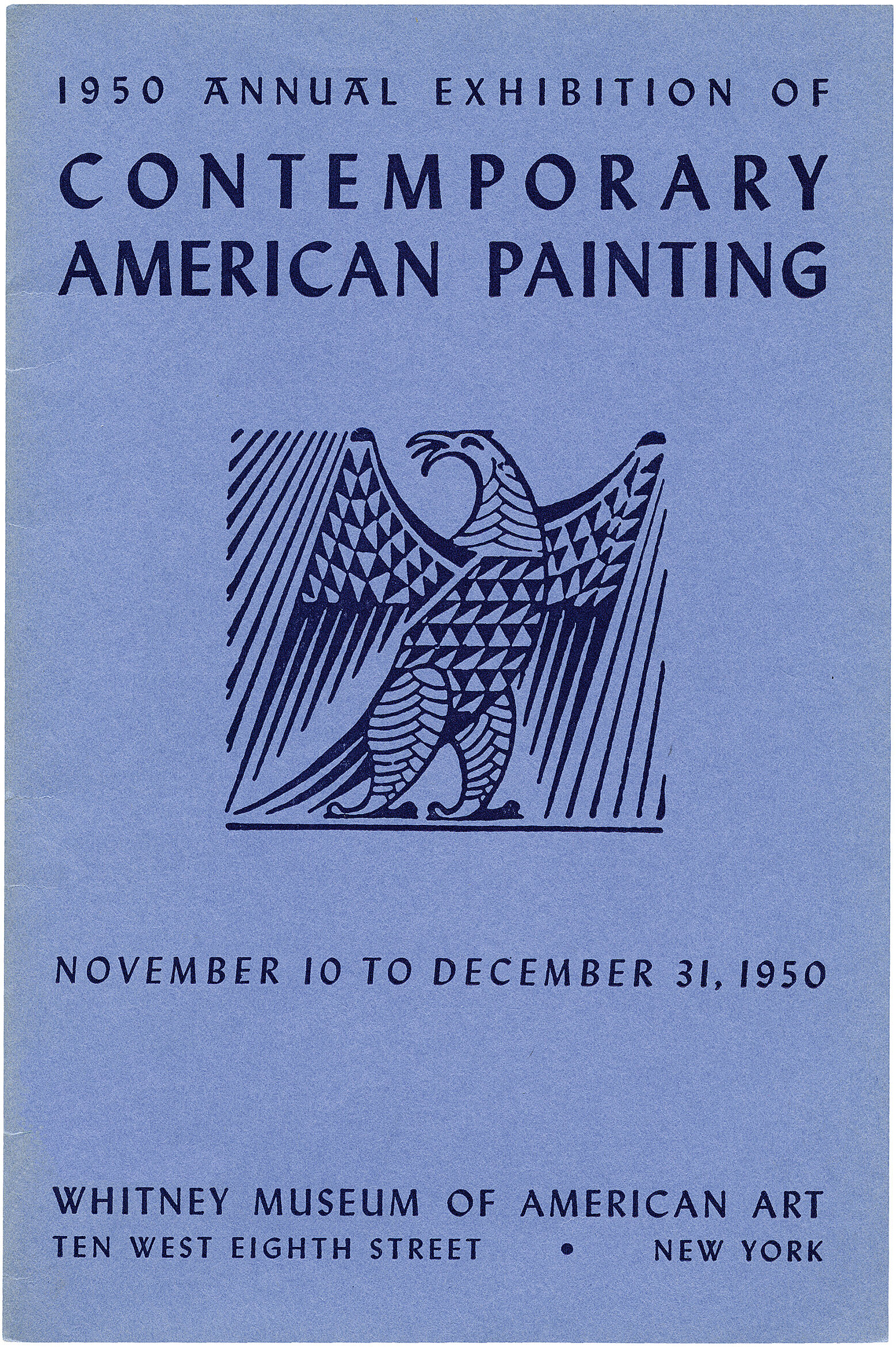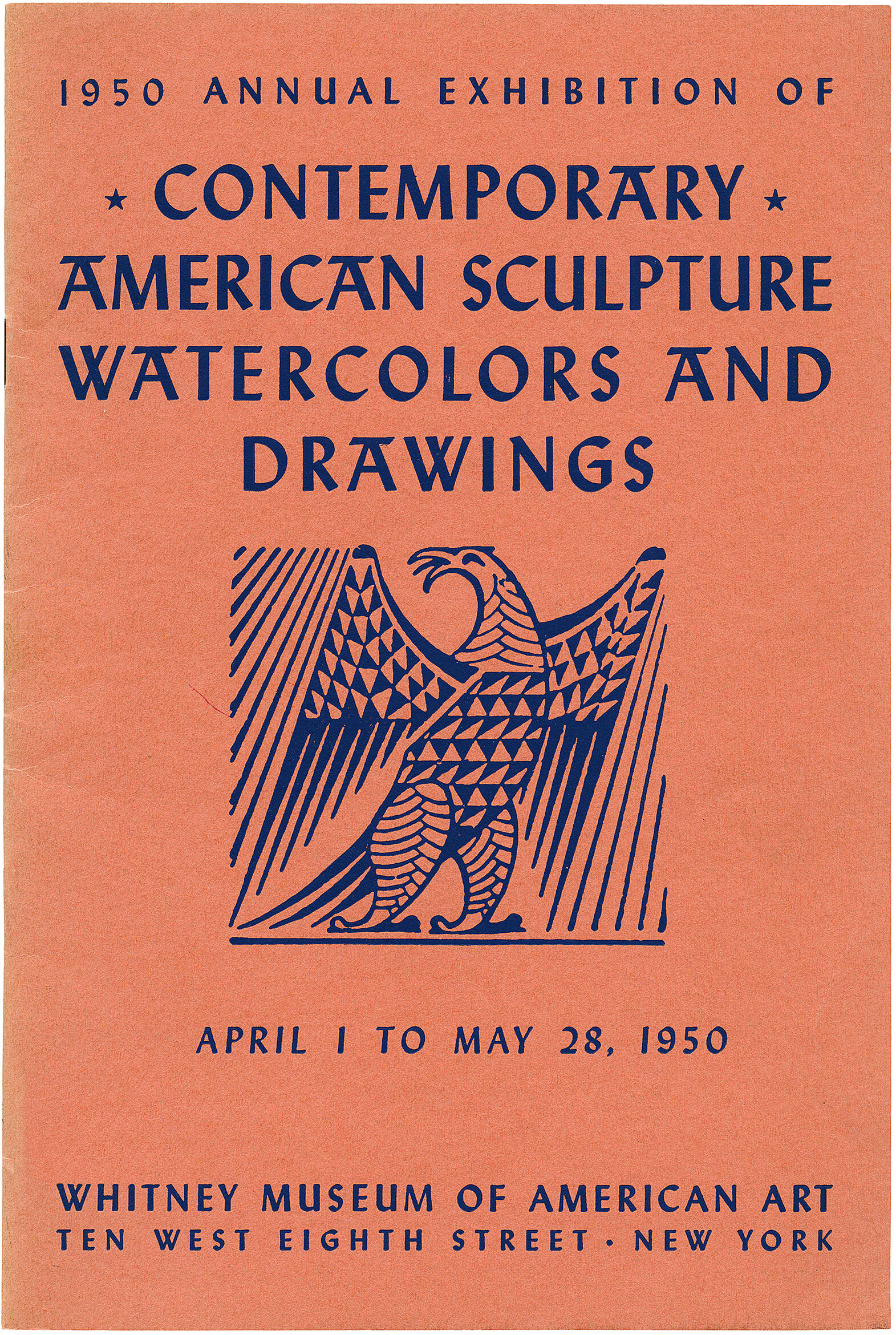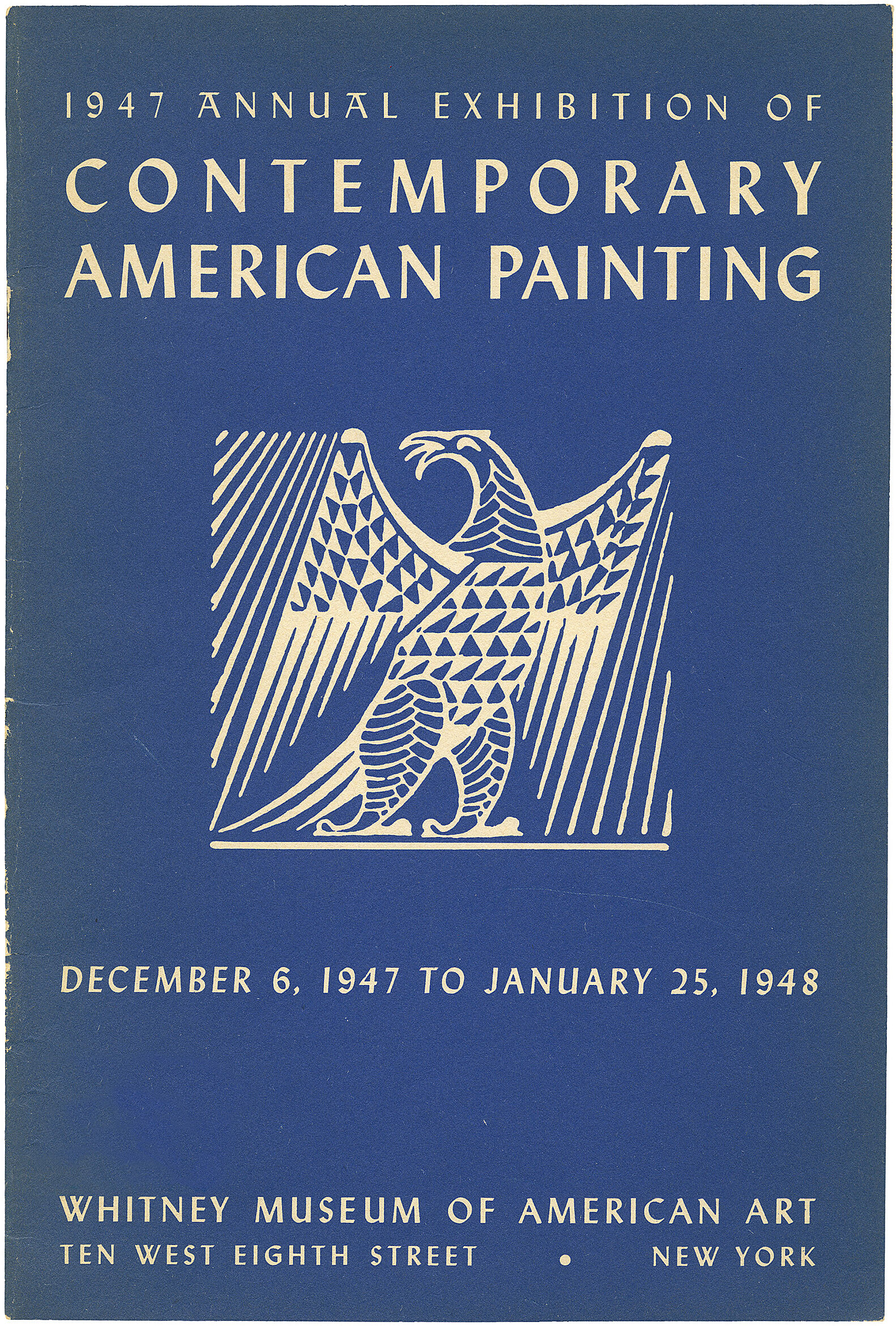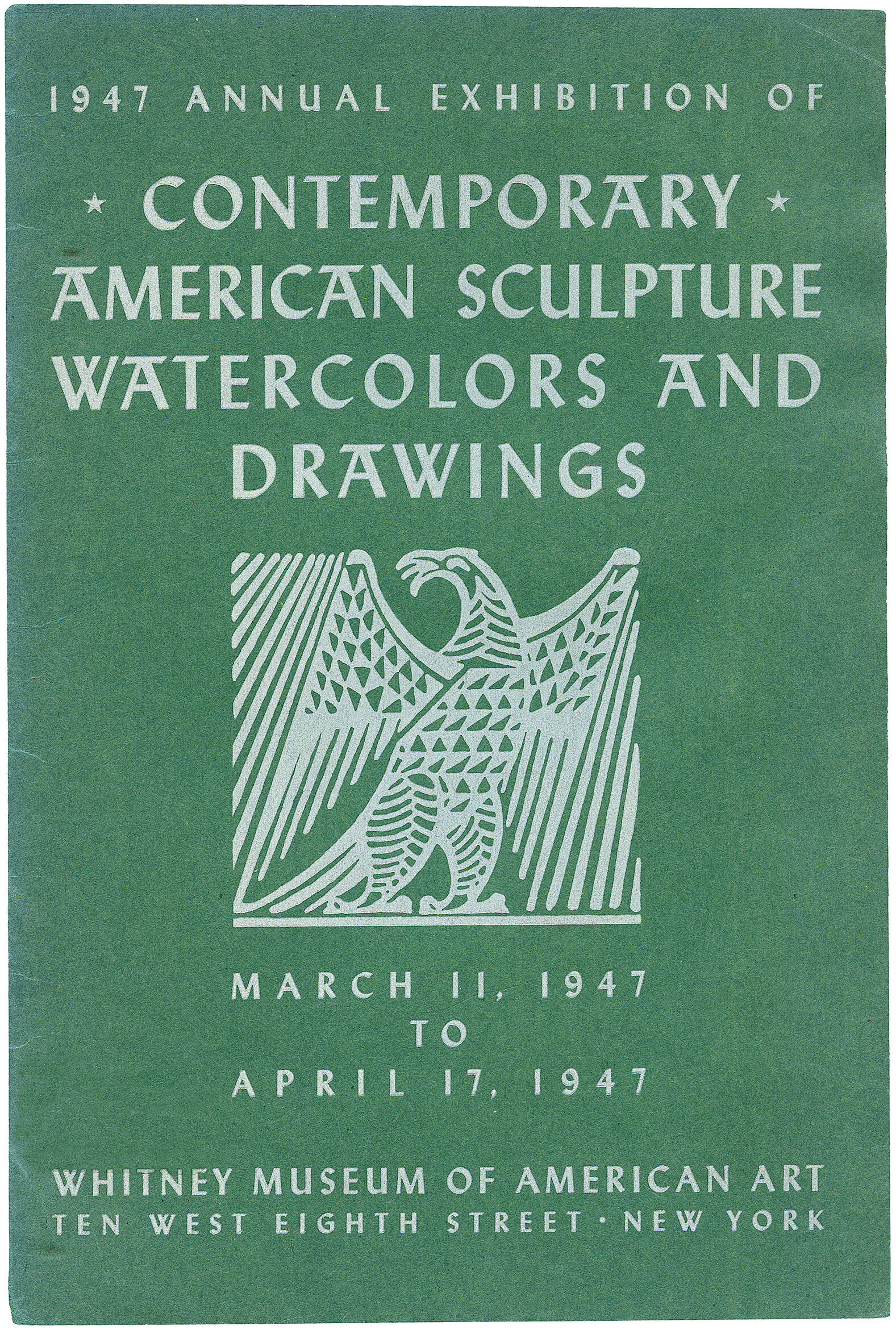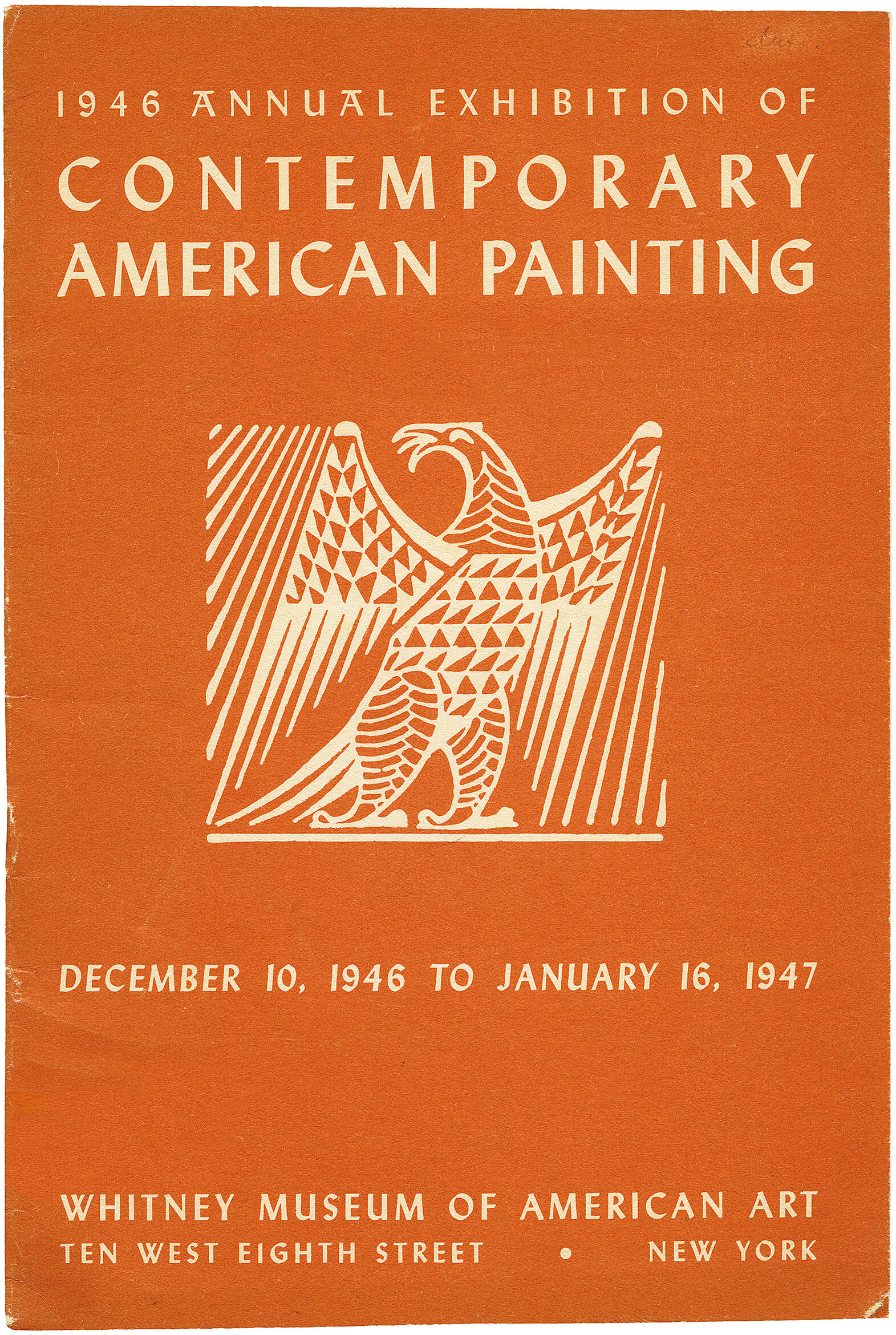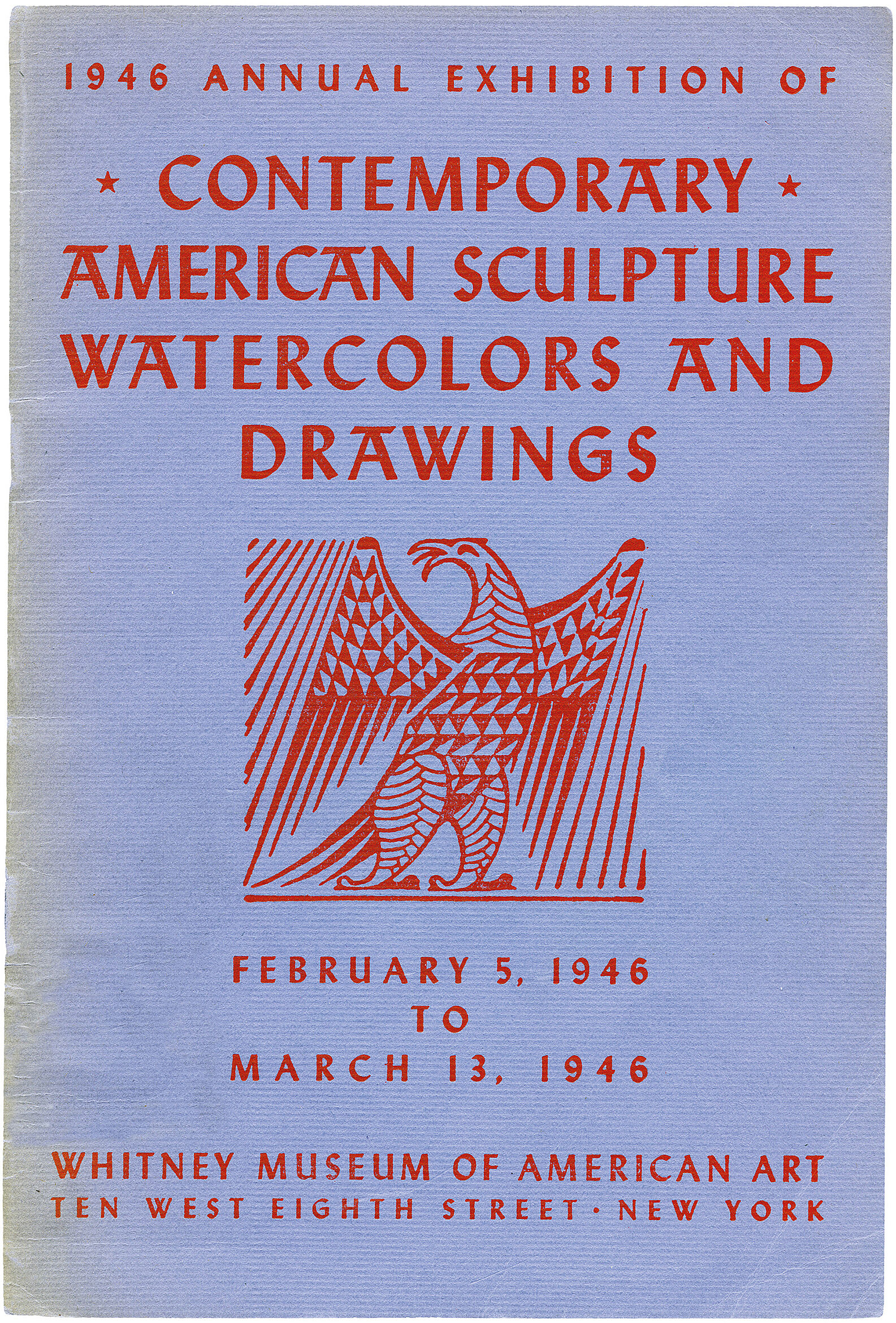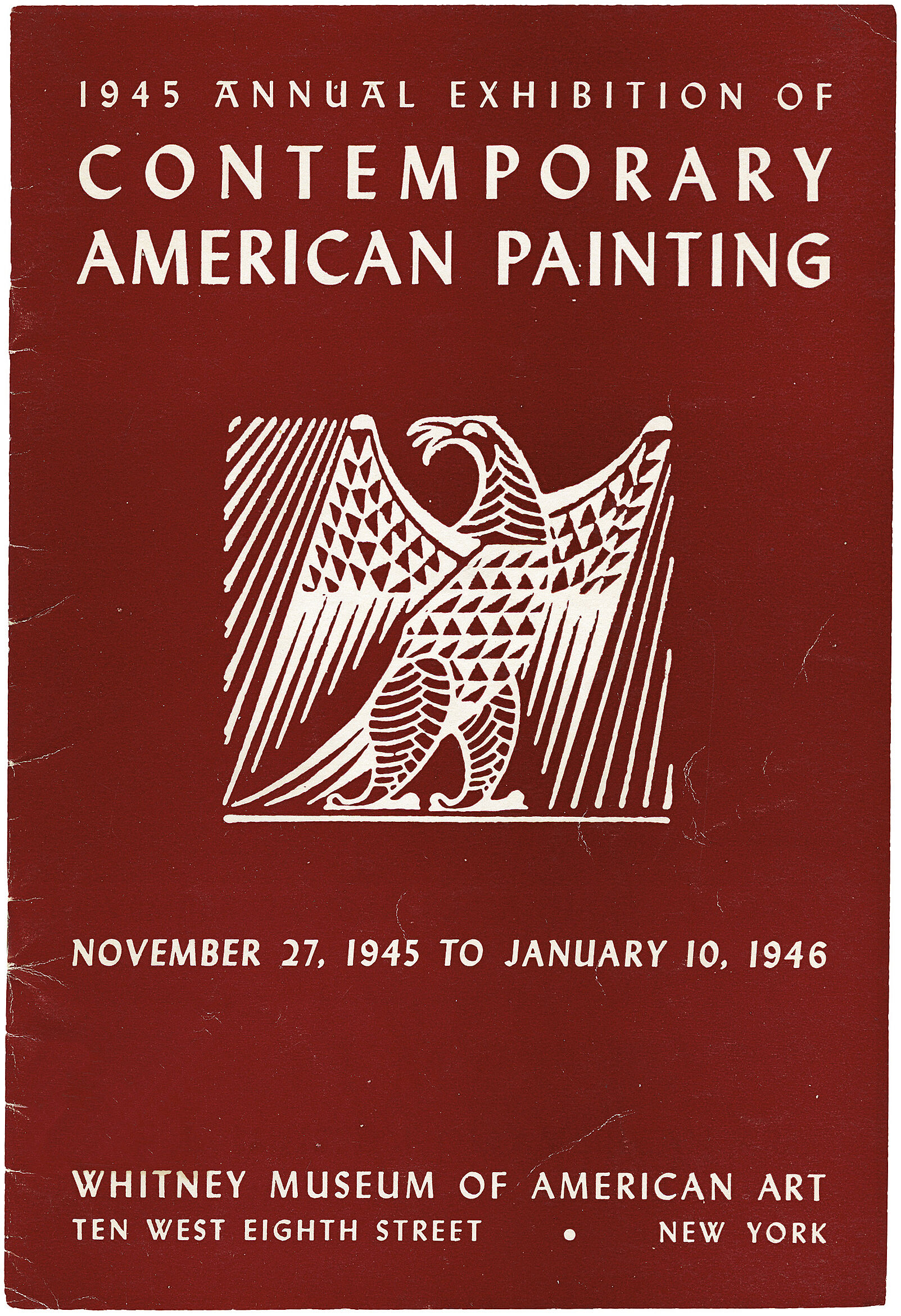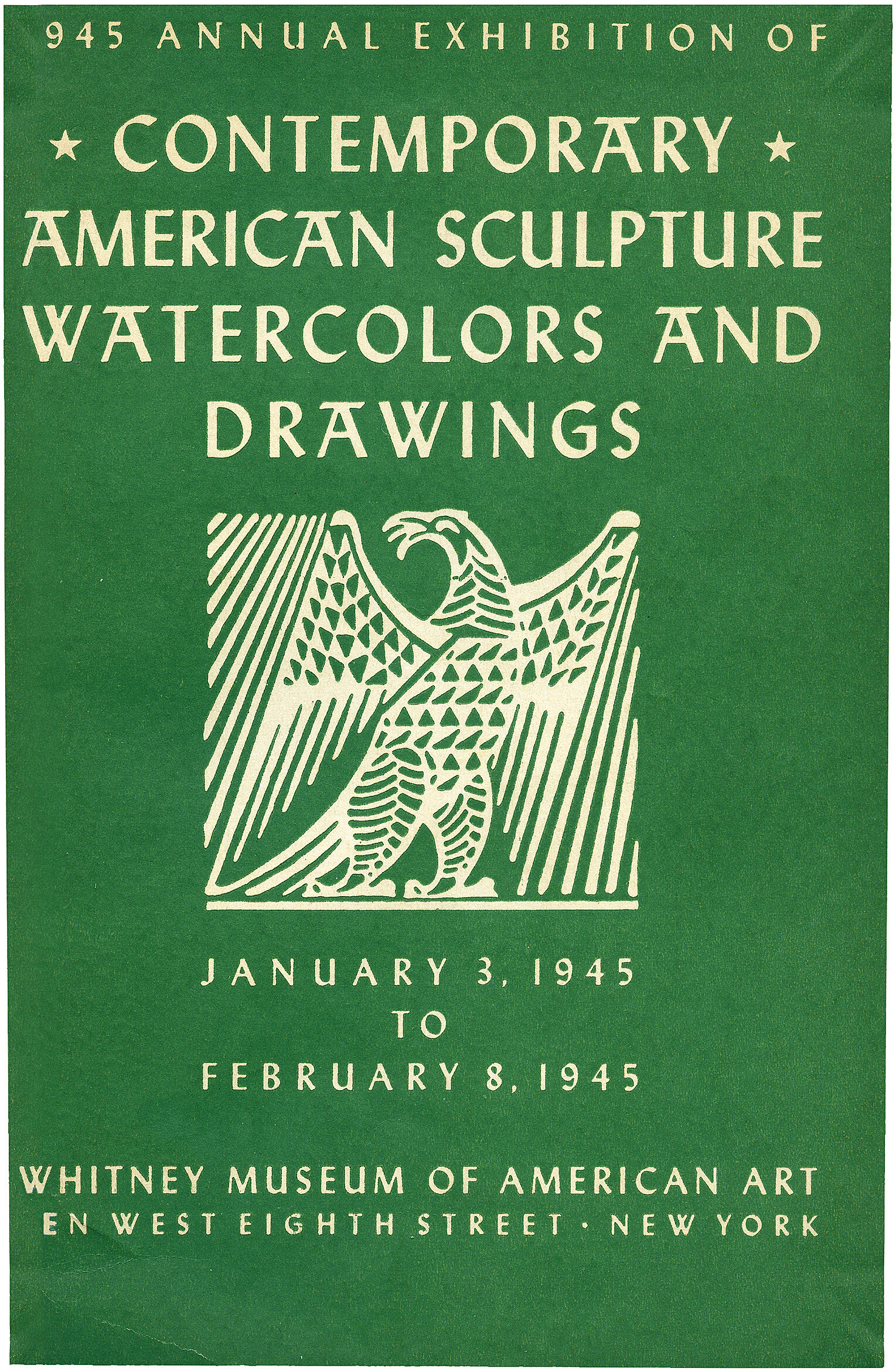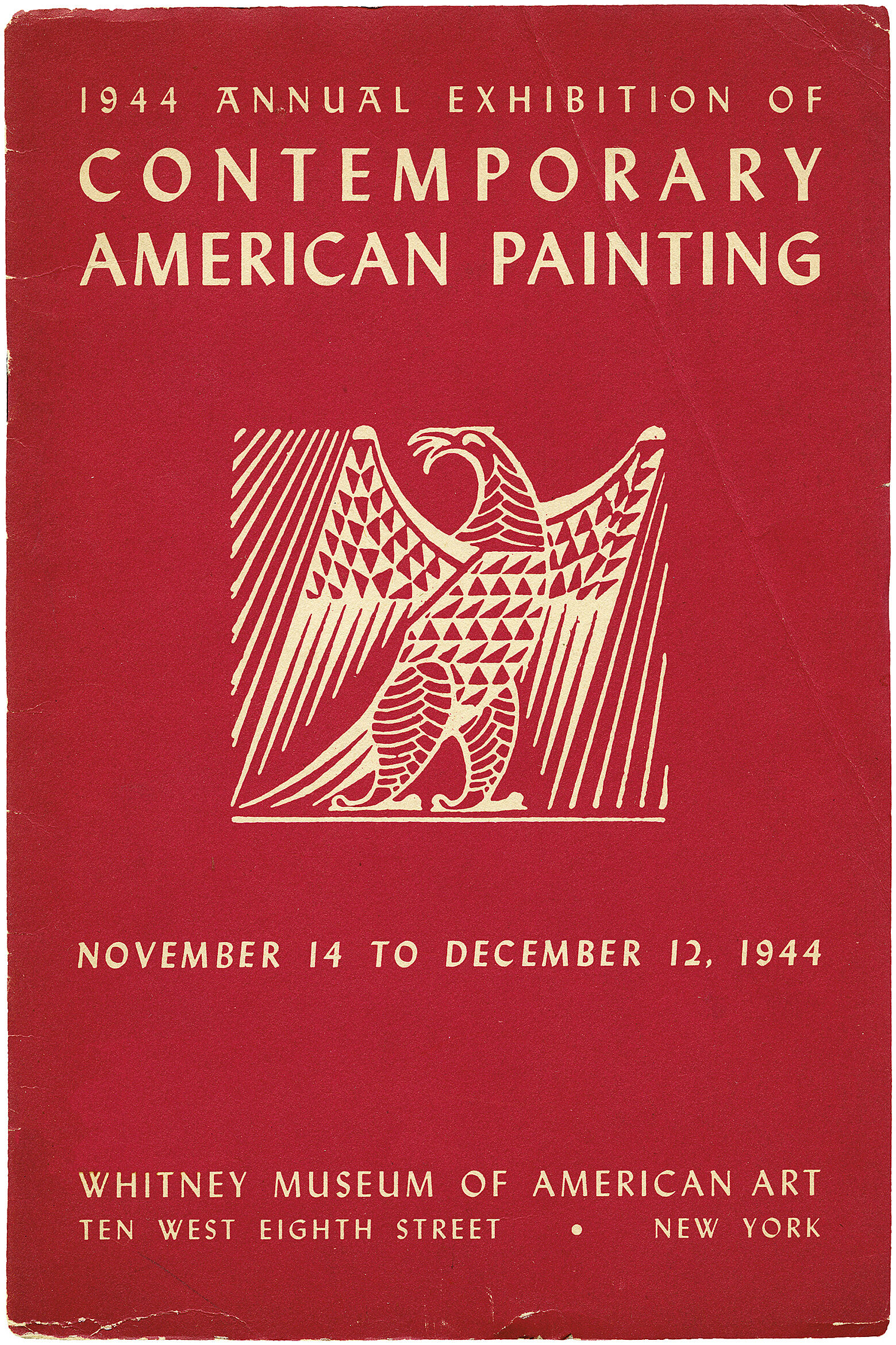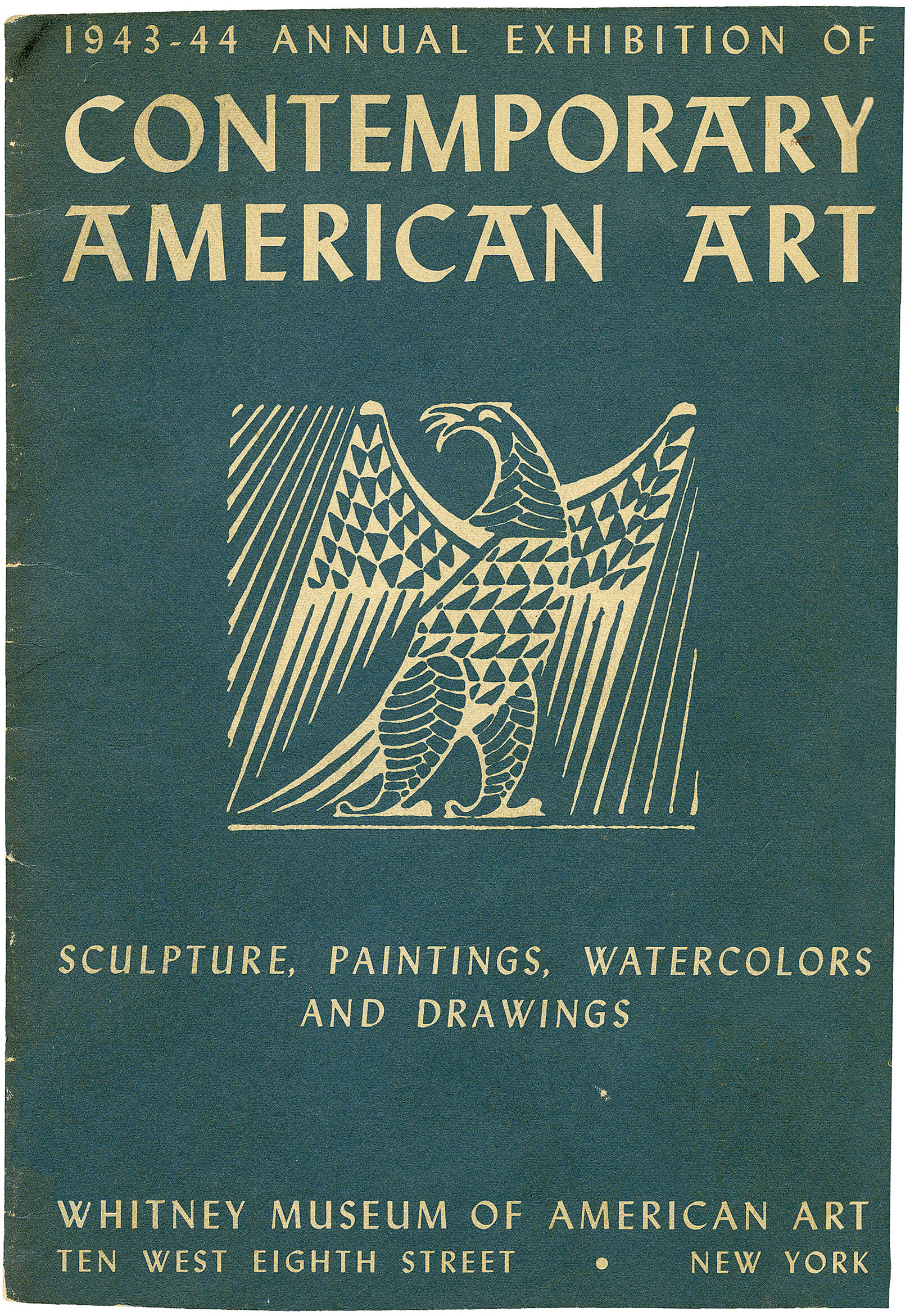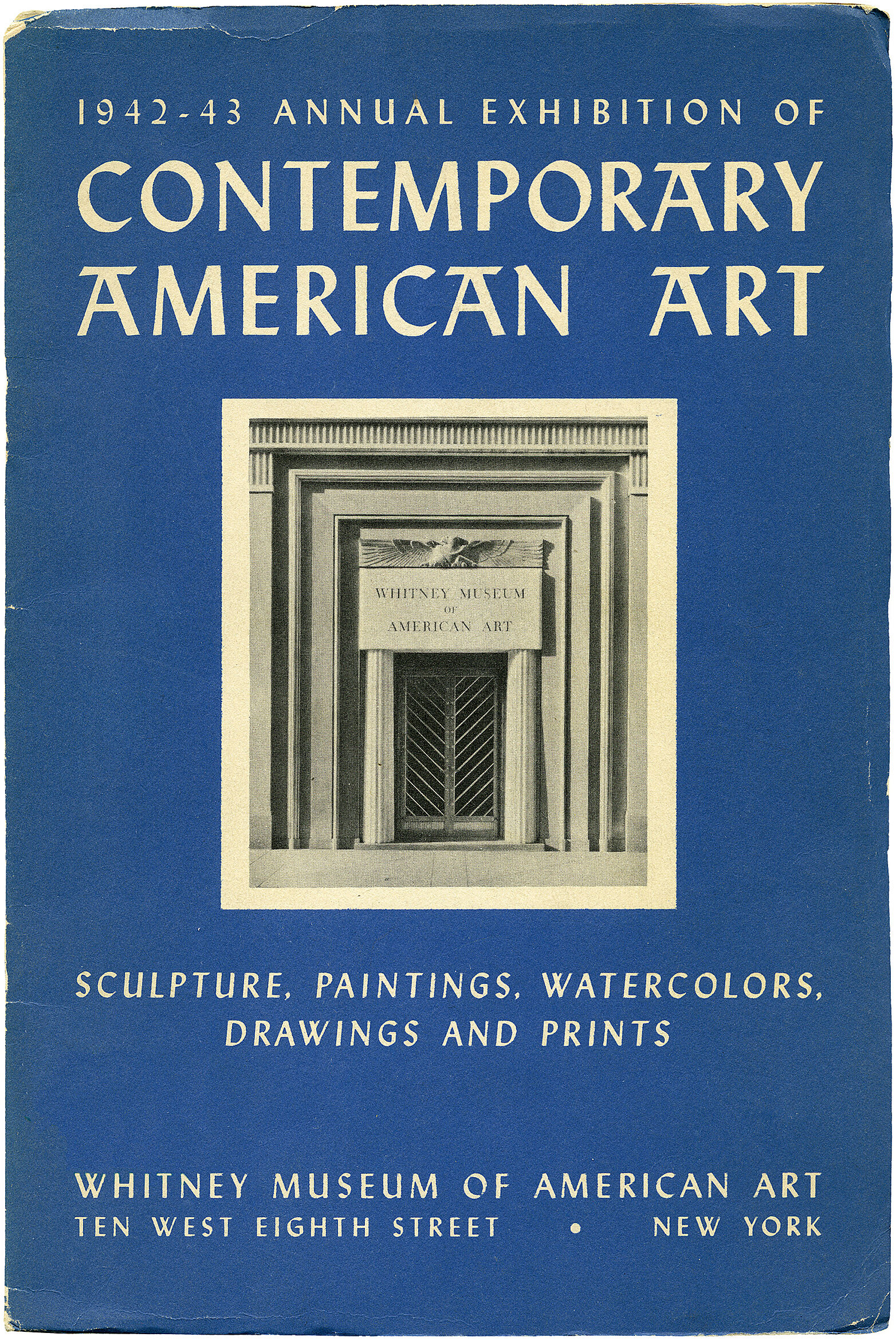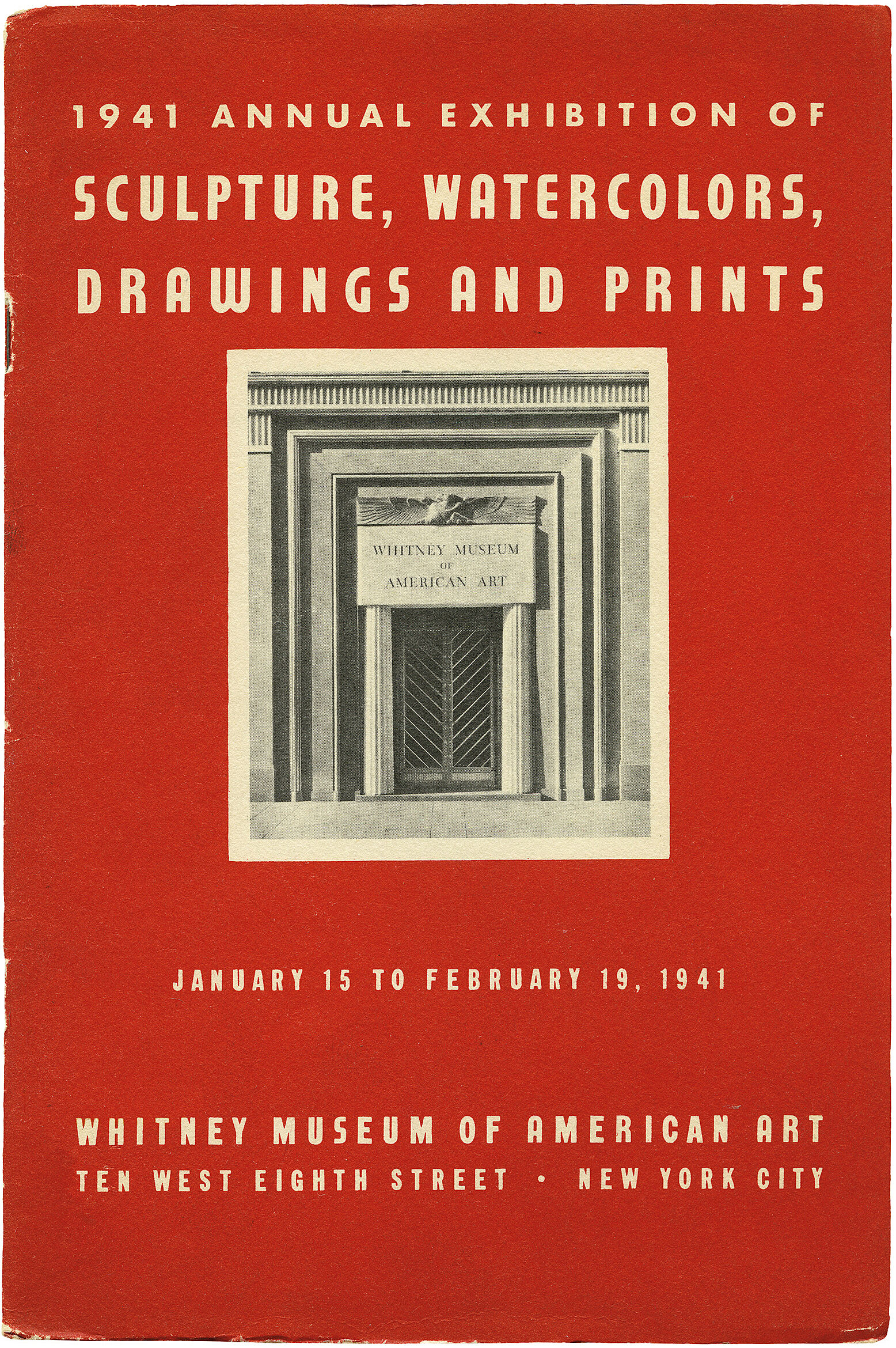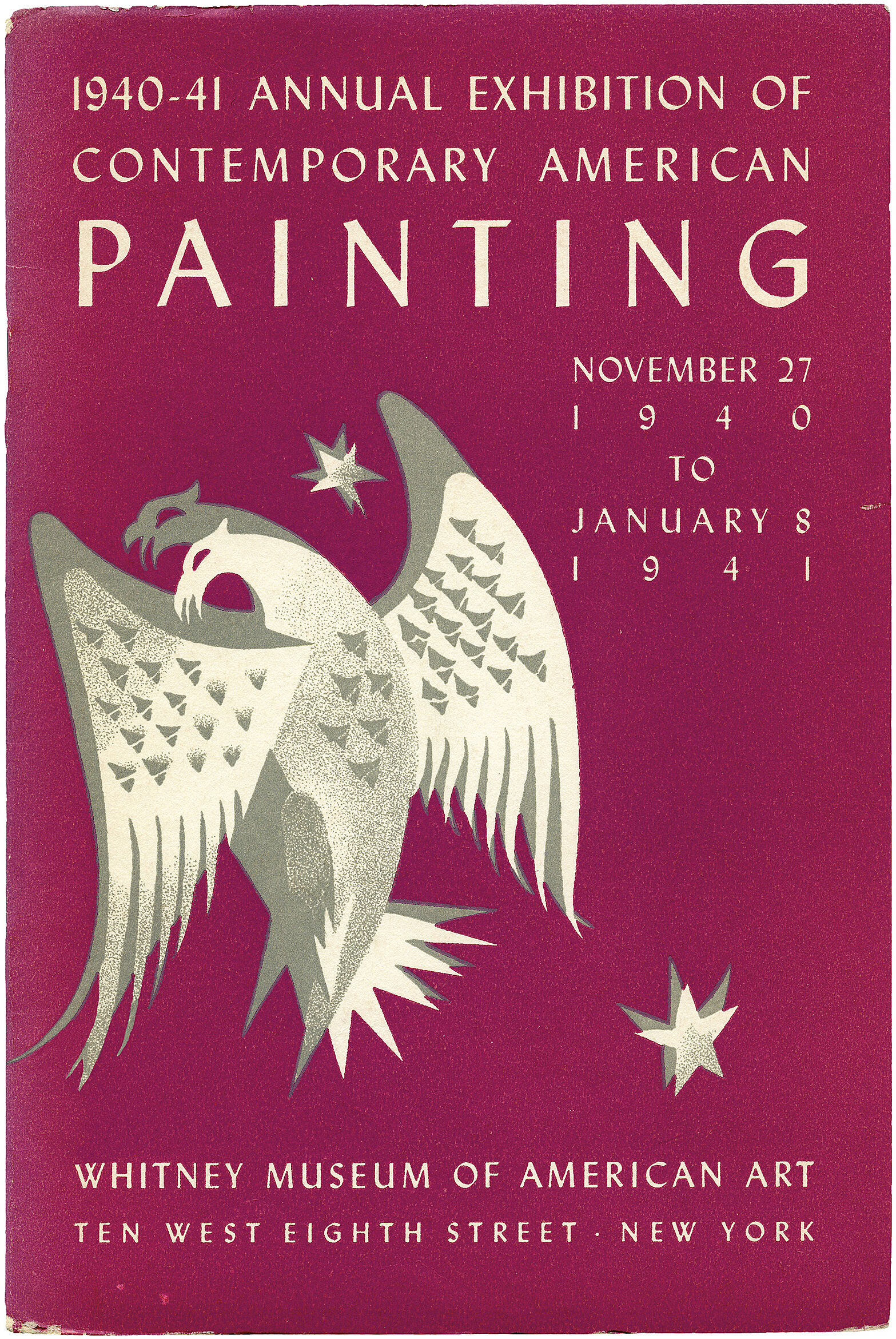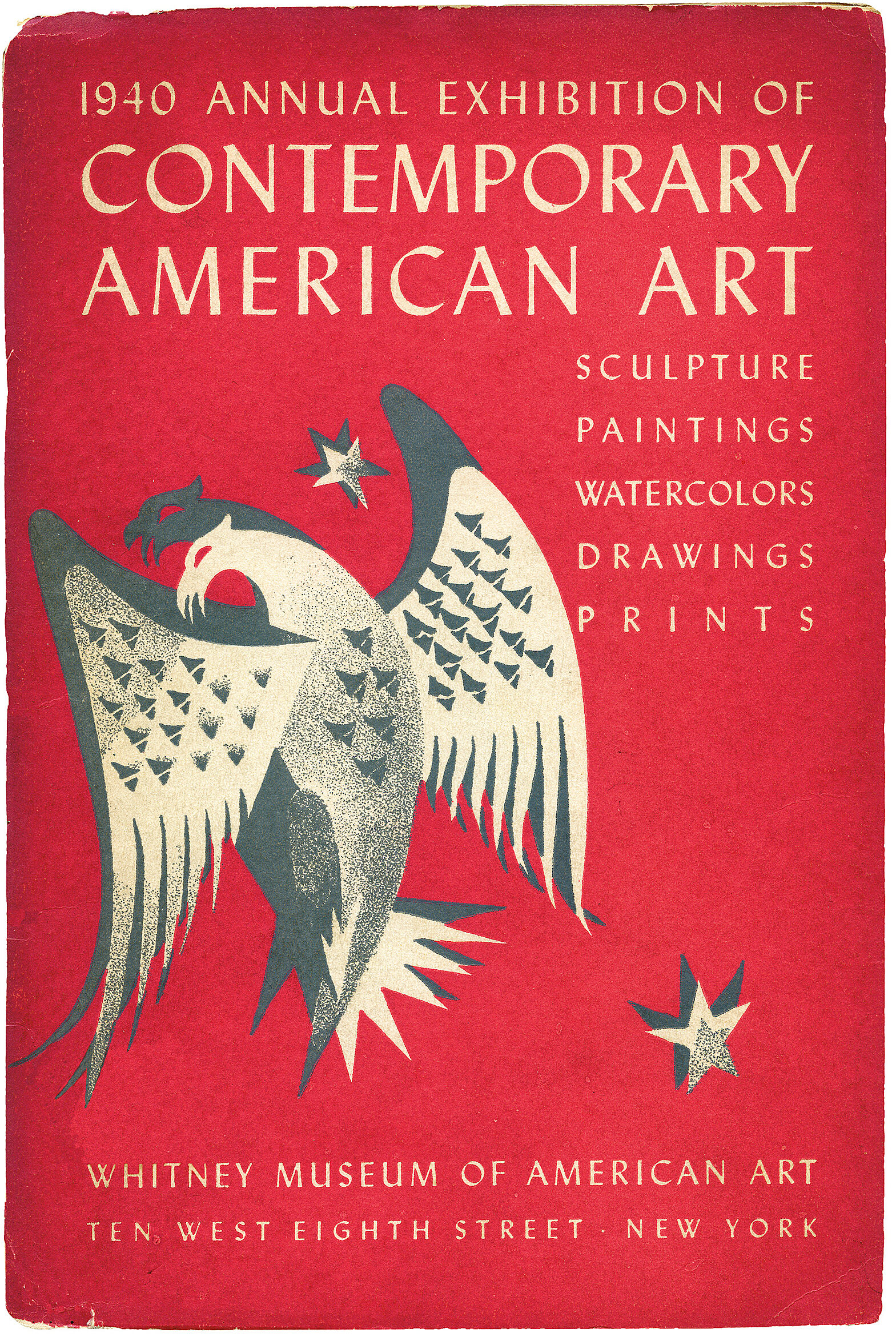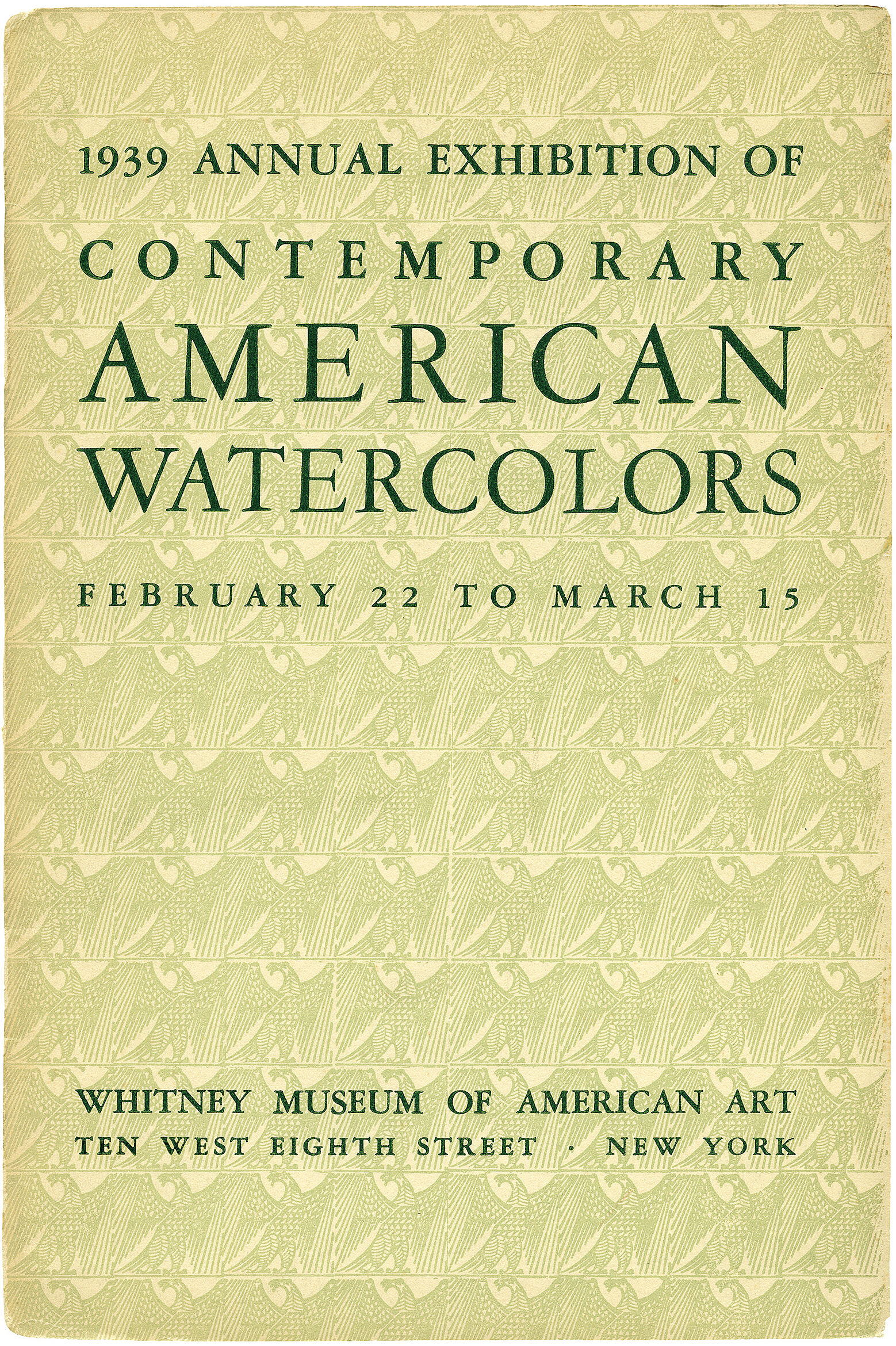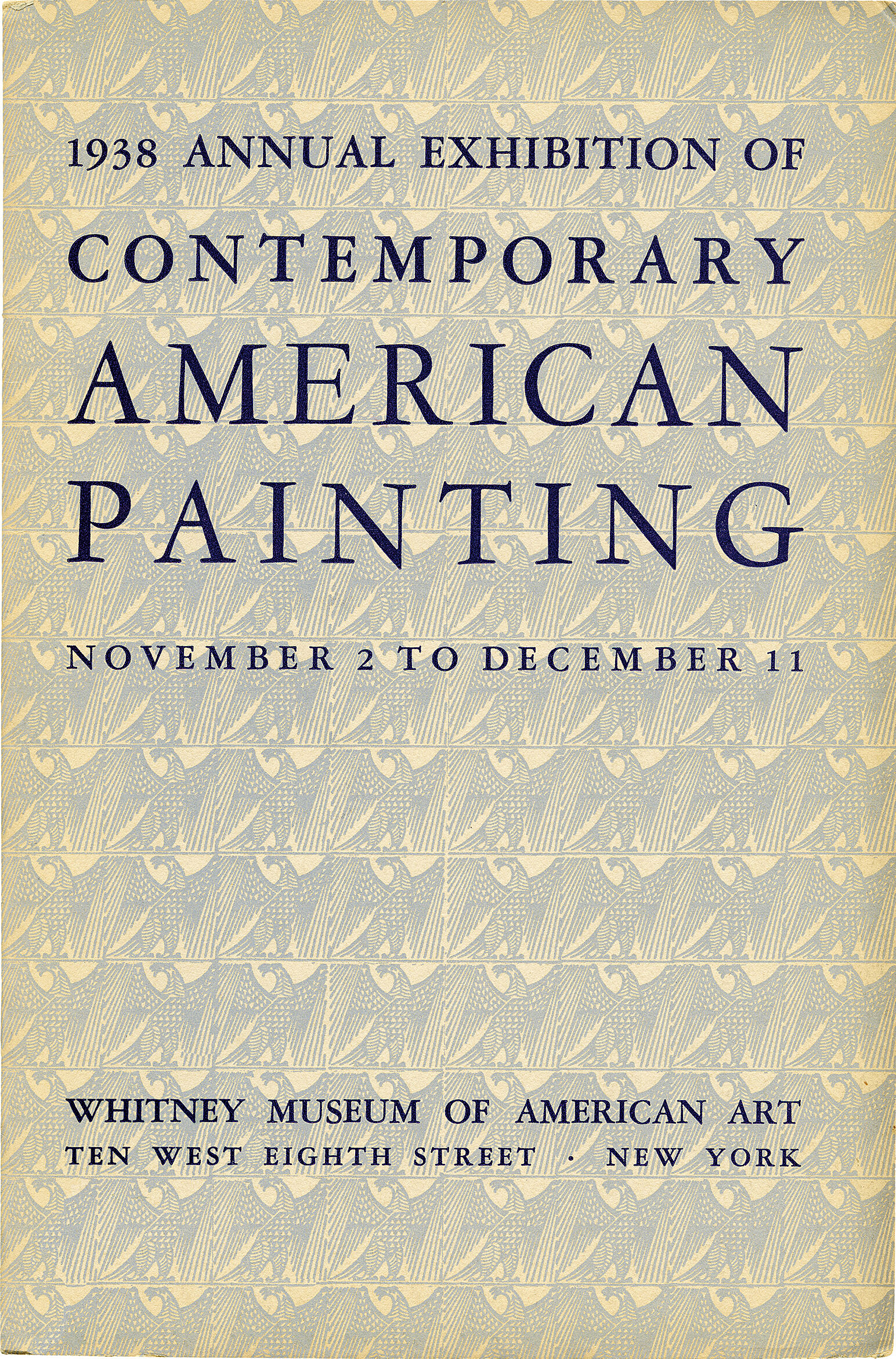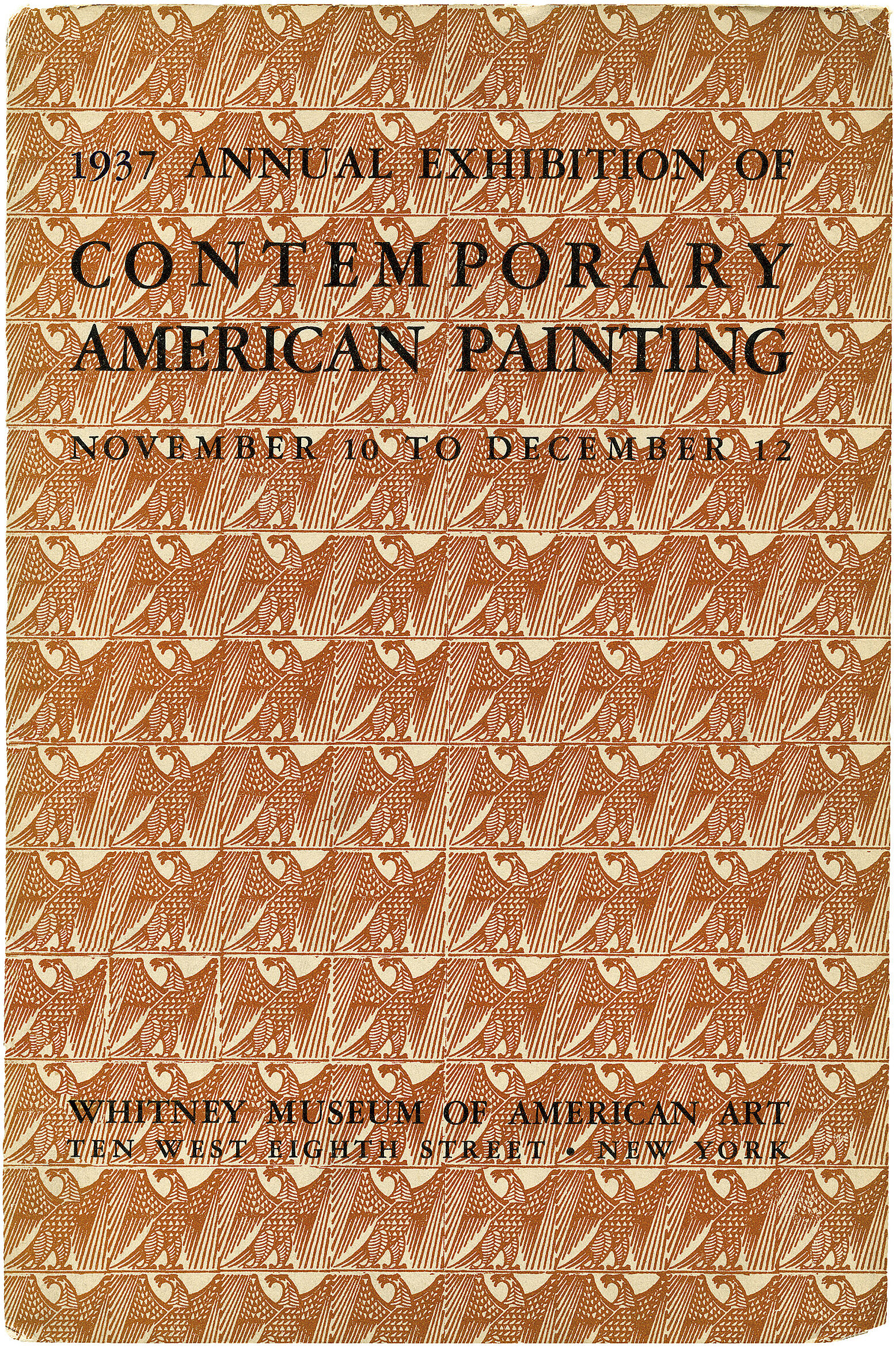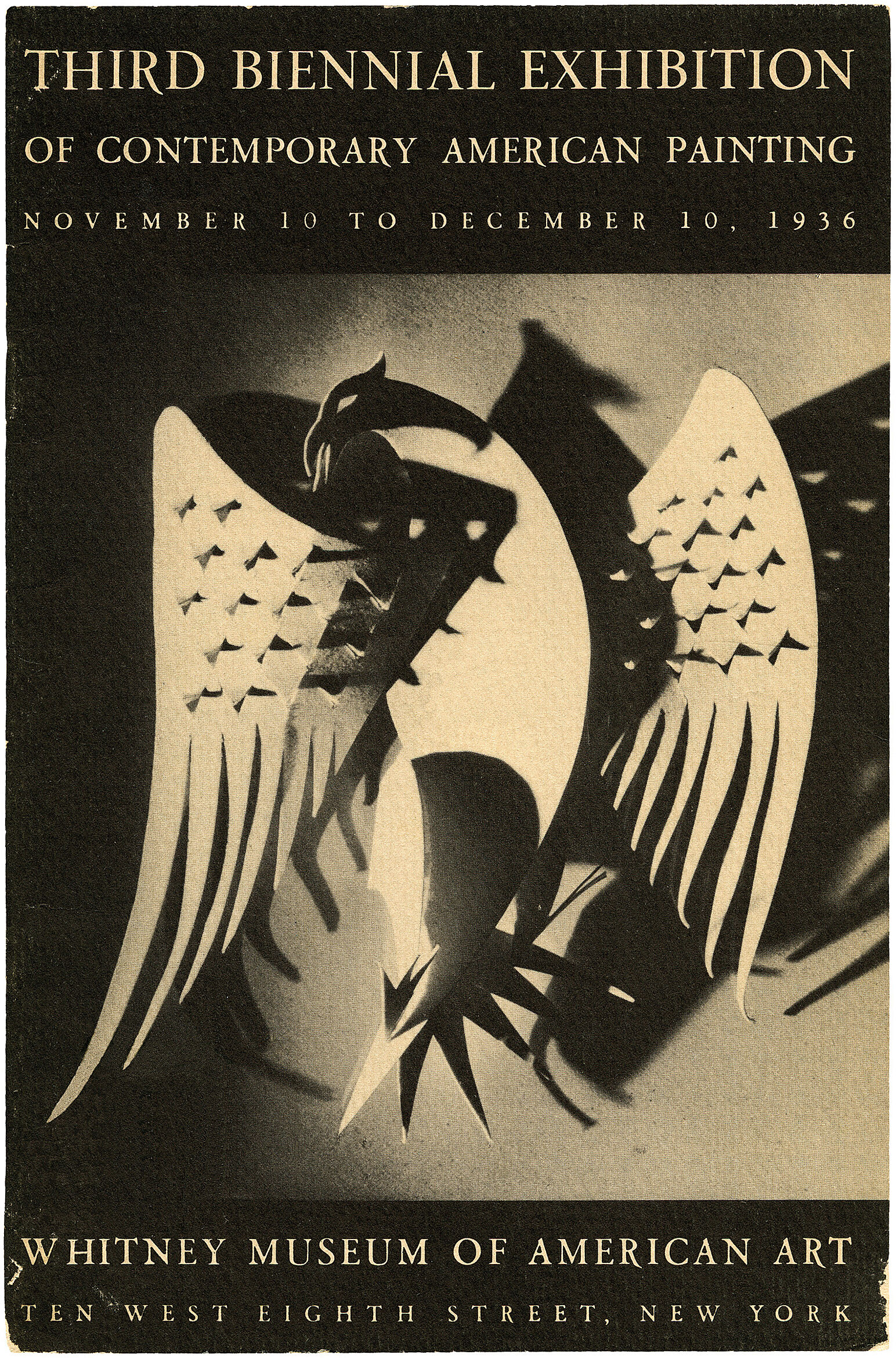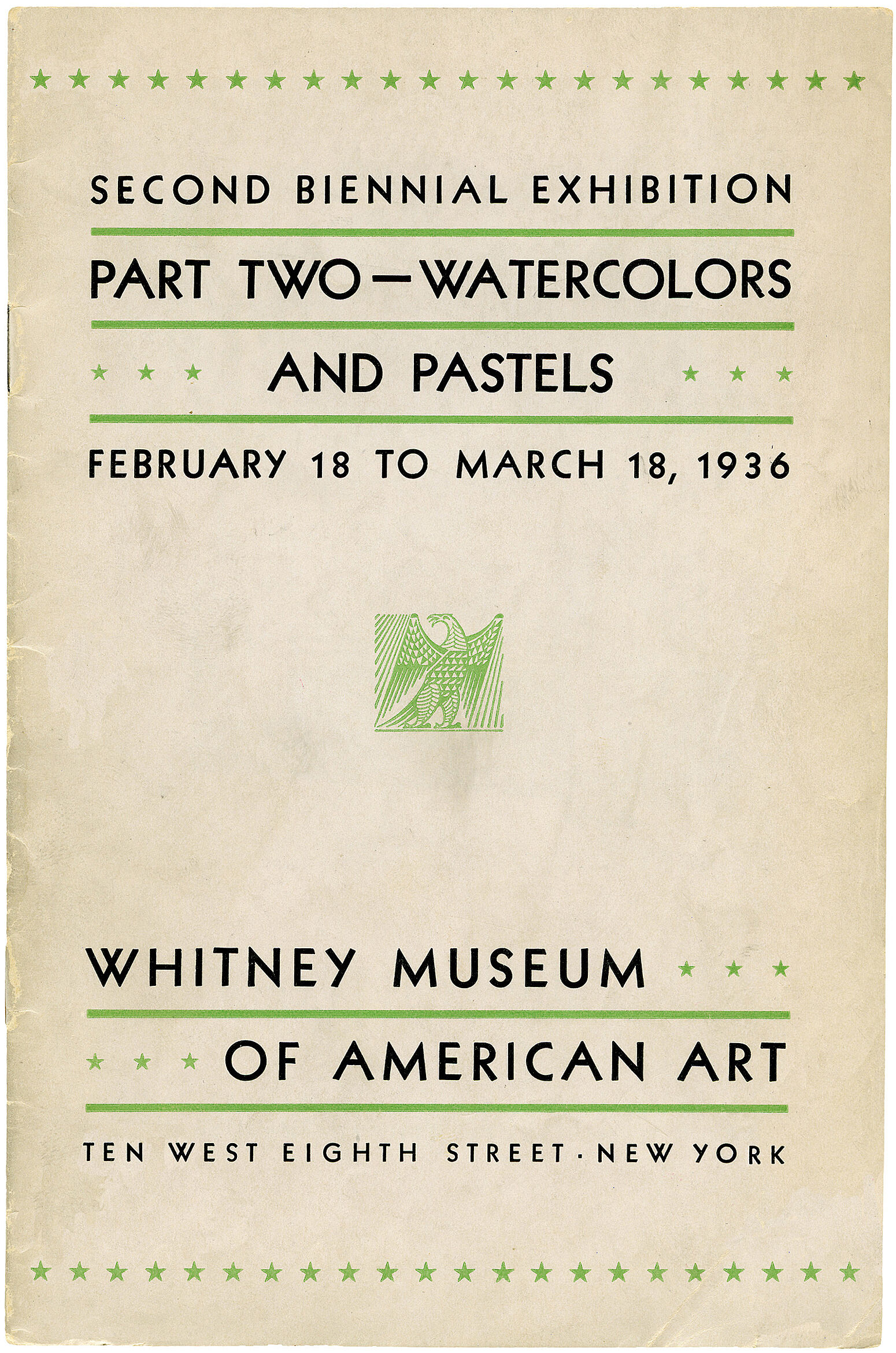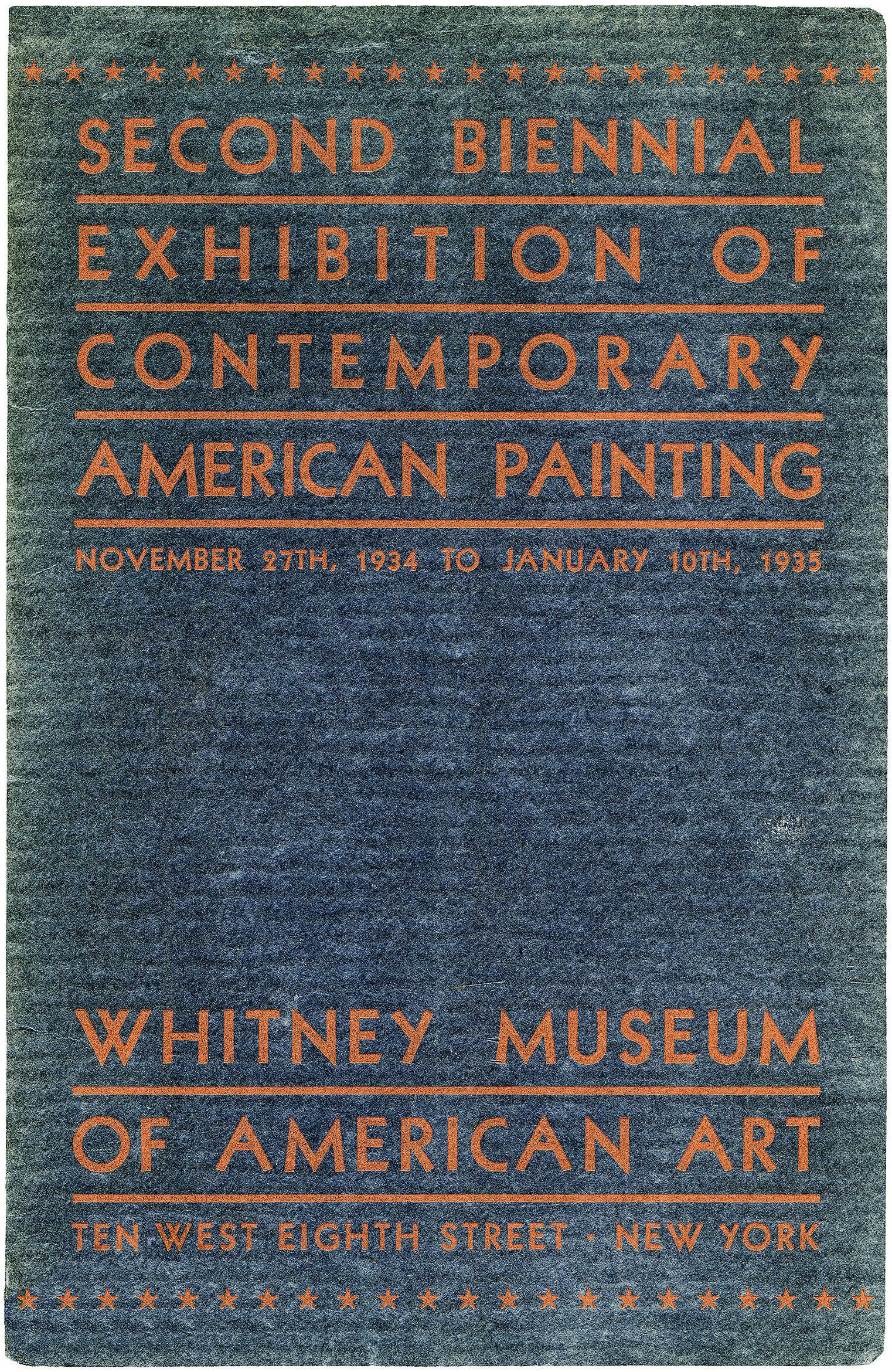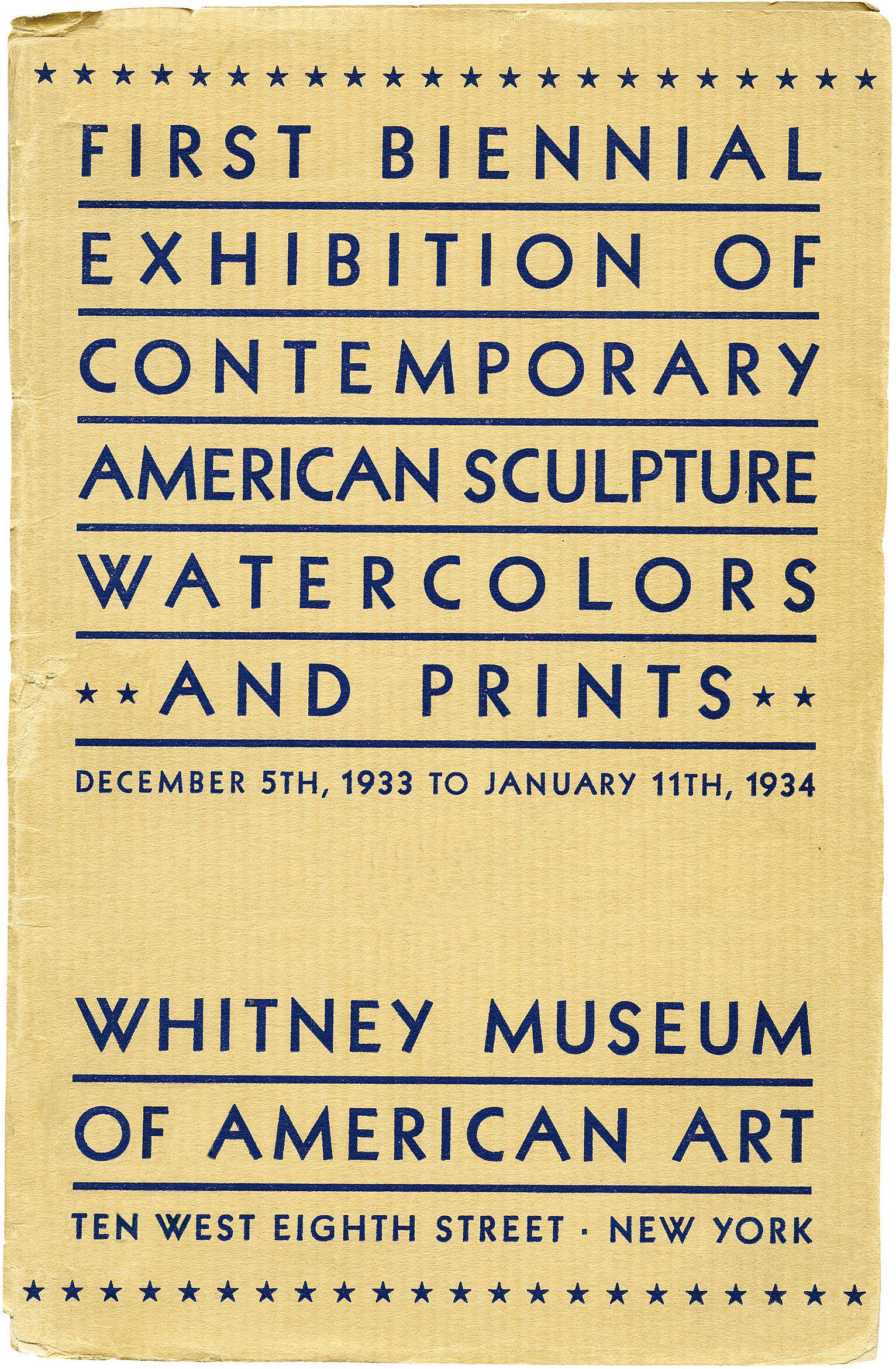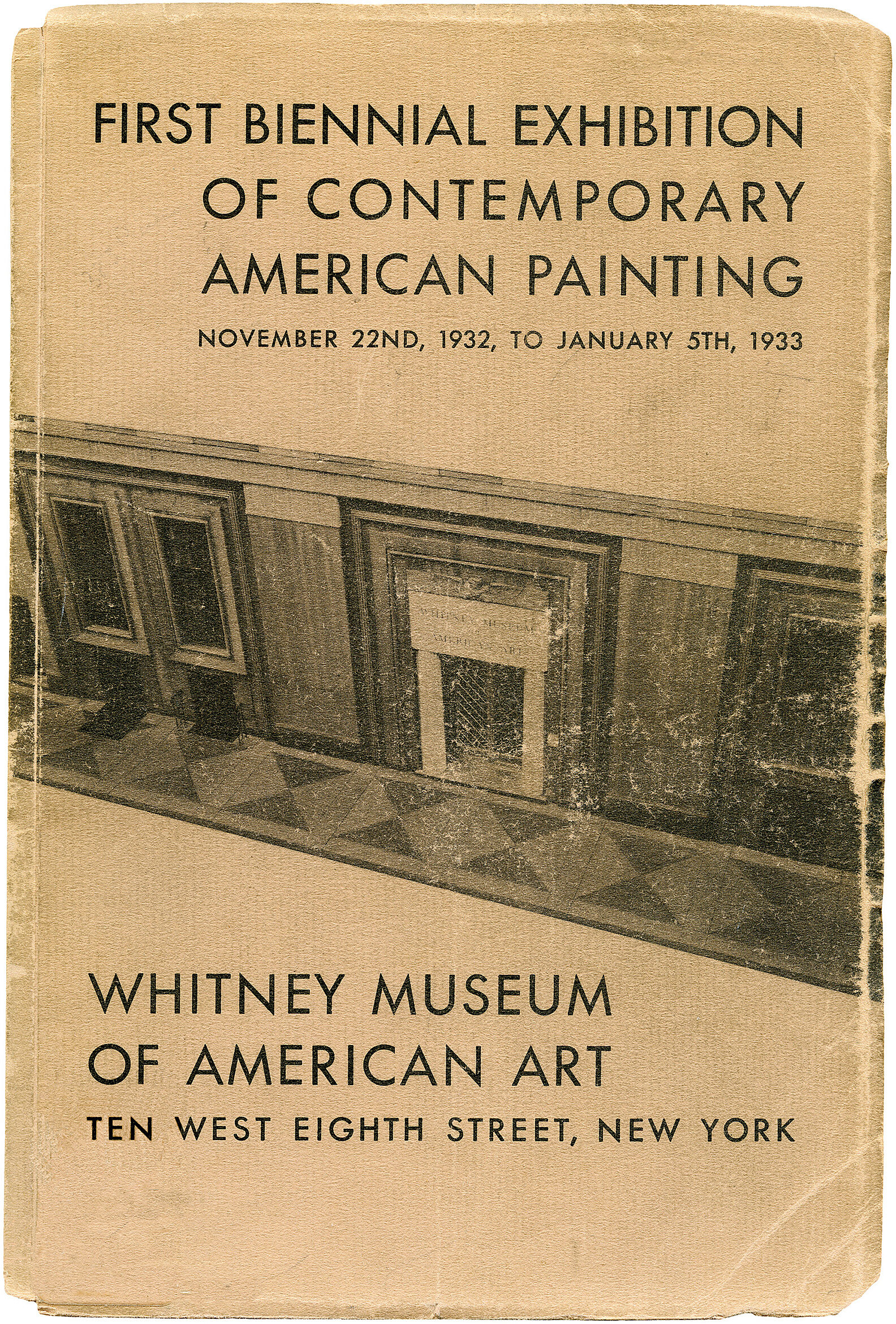Max Weber
1881–1961
For Max Weber, who came to the United States as a young boy from Bialystok (part of the former Russian Empire), the collision of different cultures was the defining feature of modern American life. Chinese Restaurant, one of Weber’s most important works, focuses on this theme, fusing together influences from vanguard modernism, folk art, and everyday life. During time spent in Paris from 1905 to 1908, where he was acquainted with Pablo Picasso, Henri Rousseau, and other important figures, Weber became deeply immersed in modern European artistic developments, well before their transport across the Atlantic. Indeed, he became one of the key figures to introduce Cubism to America, through his art as well as his involvement in the avant-garde circle surrounding New York photographer and gallerist Alfred Stieglitz.
In Chinese Restaurant Weber combines the fractured forms of Cubism, geometric motifs drawn from Russian and Native American folk traditions, and first- hand observation to create a kaleidoscopic, abstracted impression of a Chinese restaurant in New York. The rhythmic interplay of overlapping forms evokes the restaurant’s hustle-bustle energy, while the patterned planar sections conjure details that were hallmarks of these elaborately ornamented establishments—a checkered floor, a scrolled table leg, and the red- black-and-gold color scheme. Amid these elements are forms suggesting hurried waiters and seated customers—“flickers here and there in fitting place of a hand, an eye, or drooping head,” in Weber’s words. Through the inventive stylistic synthesis he used to portray this distinctly modern subject, Weber captured the dynamism and diversity of urban America in the early twentieth century.
Introduction
Max Weber (April 18, 1881 – October 4, 1961) was a Jewish-American painter and one of the first American Cubist painters who, in later life, turned to more figurative Jewish themes in his art. He is best known today for Chinese Restaurant (1915), in the collection of the Whitney Museum of American Art, "the finest canvas of his Cubist phase," in the words of art historian Avis Berman.
Wikidata identifier
Q535334
Information from Wikipedia, made available under the Creative Commons Attribution-ShareAlike License . Accessed December 4, 2025.
Introduction
Comment on works: flowers
Country of birth
Poland
Roles
Artist, genre artist, painter, poet, sculptor, theorist, writer
ULAN identifier
500029261
Names
Max Weber, Max Weber II, Weber, II Max Weber, מאקס וועבער
Information from the Getty Research Institute's Union List of Artist Names ® (ULAN), made available under the ODC Attribution License. Accessed November 20, 2025.

